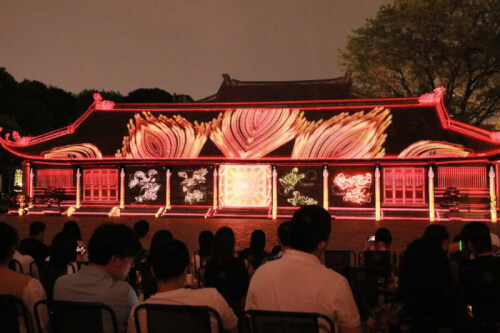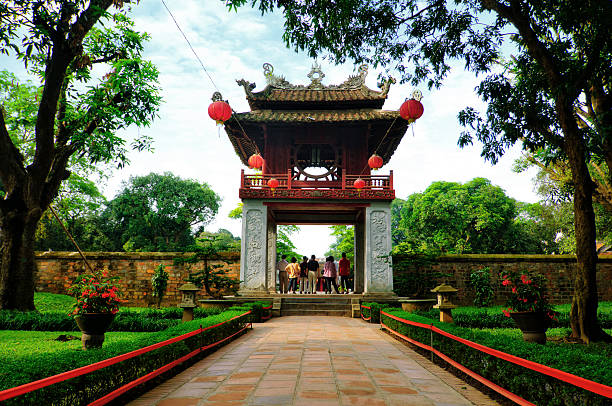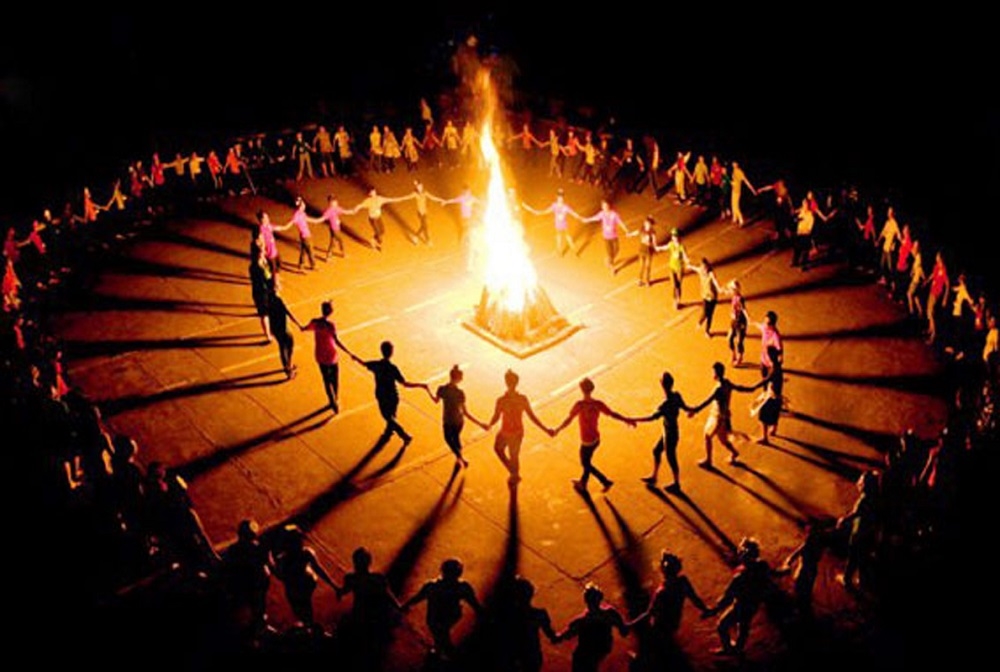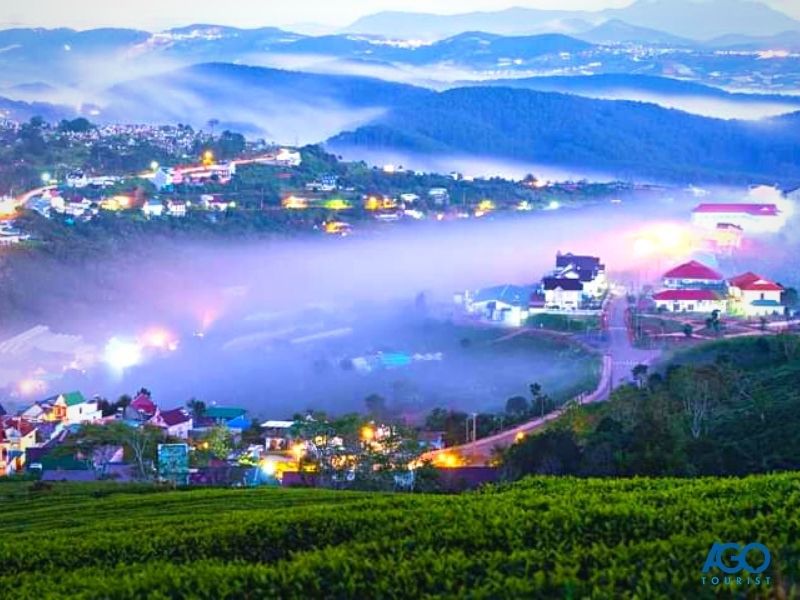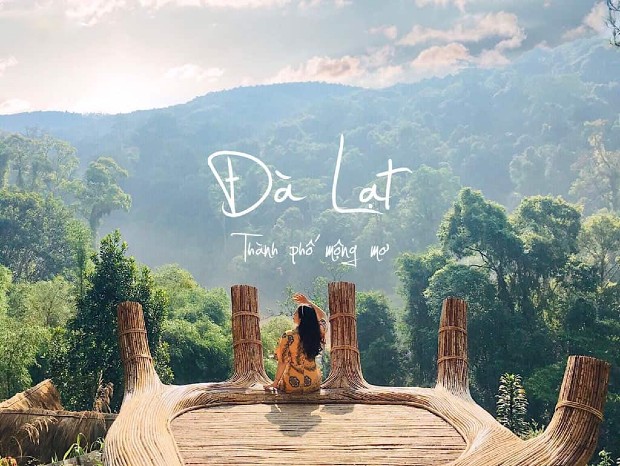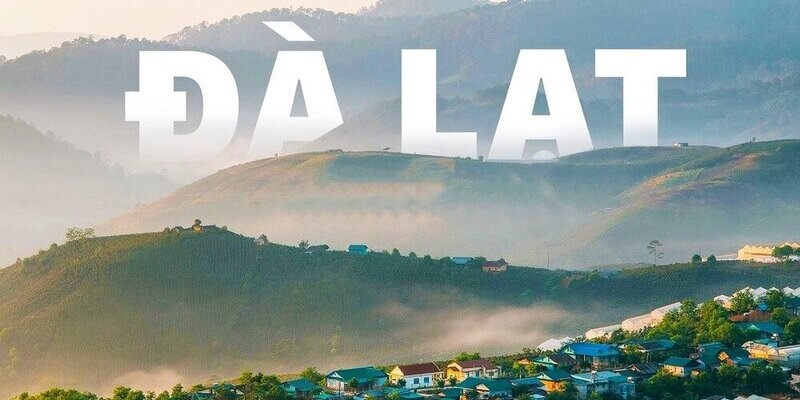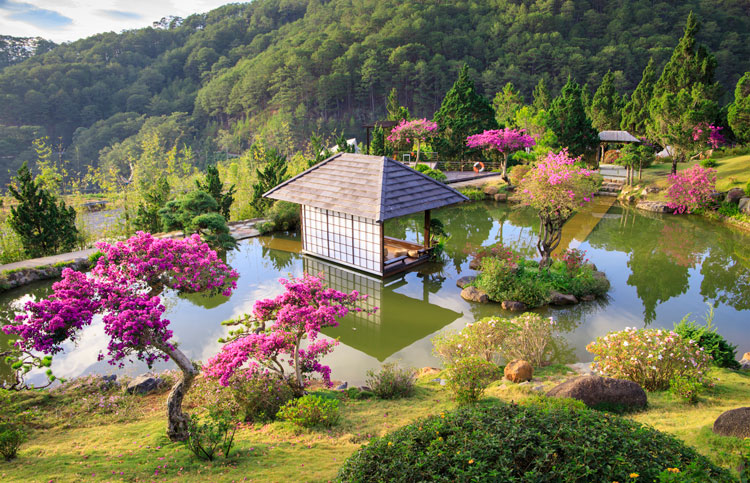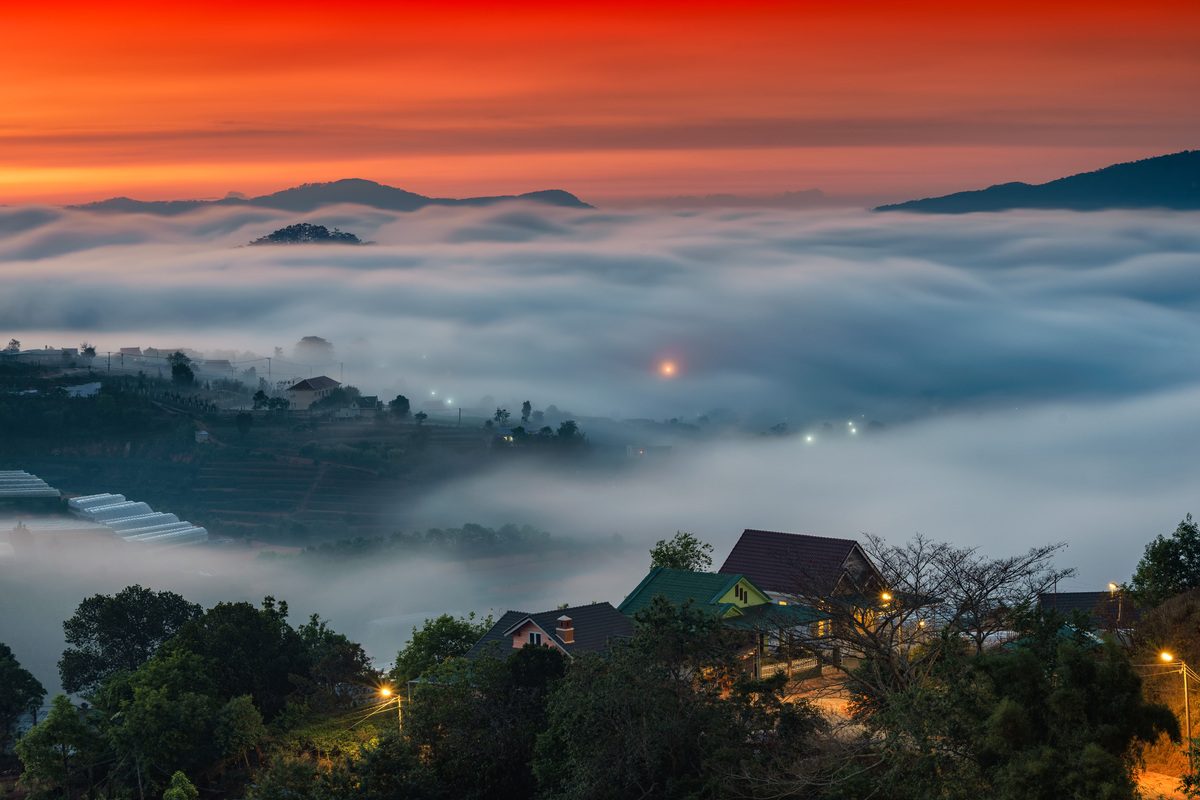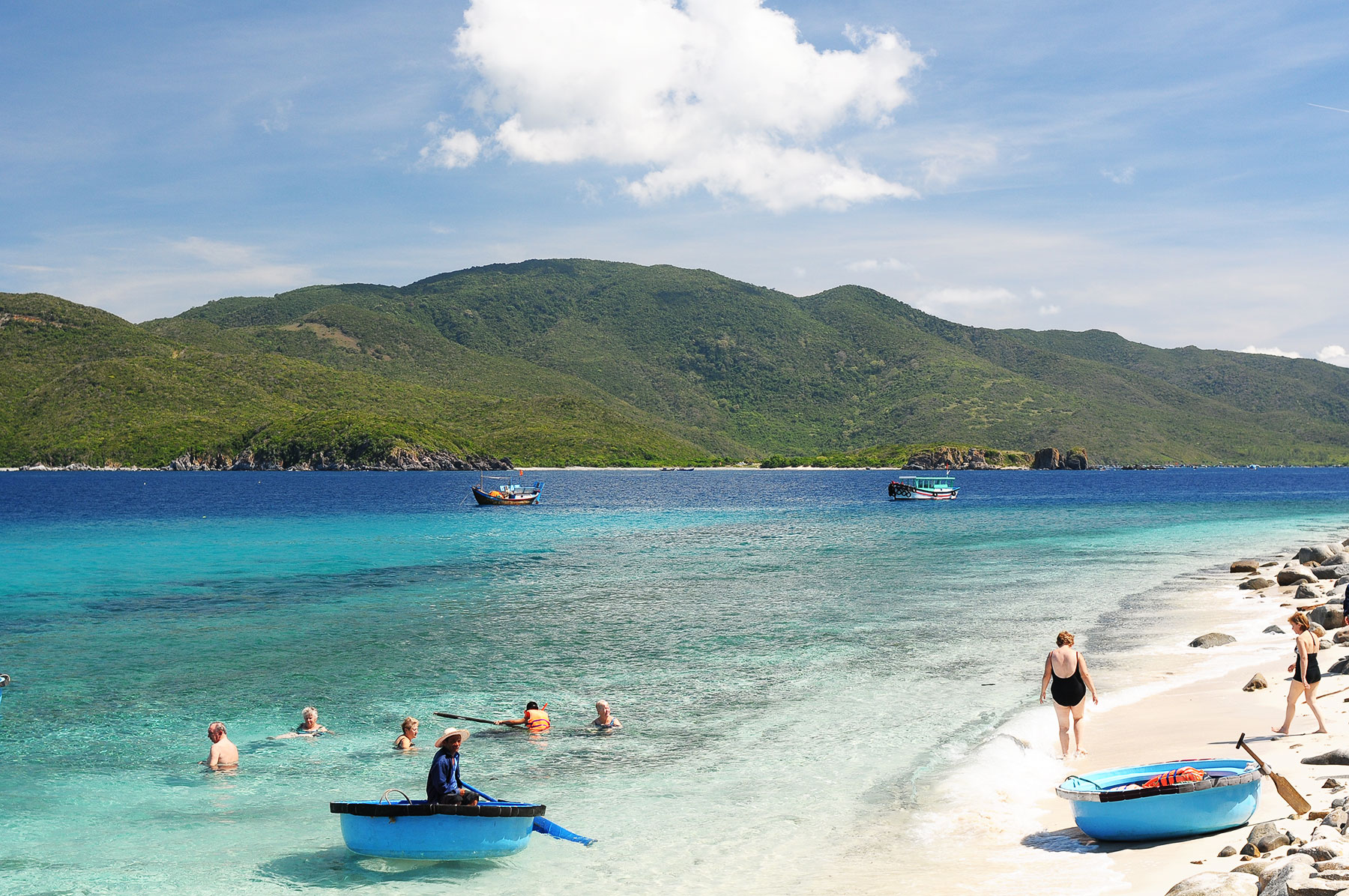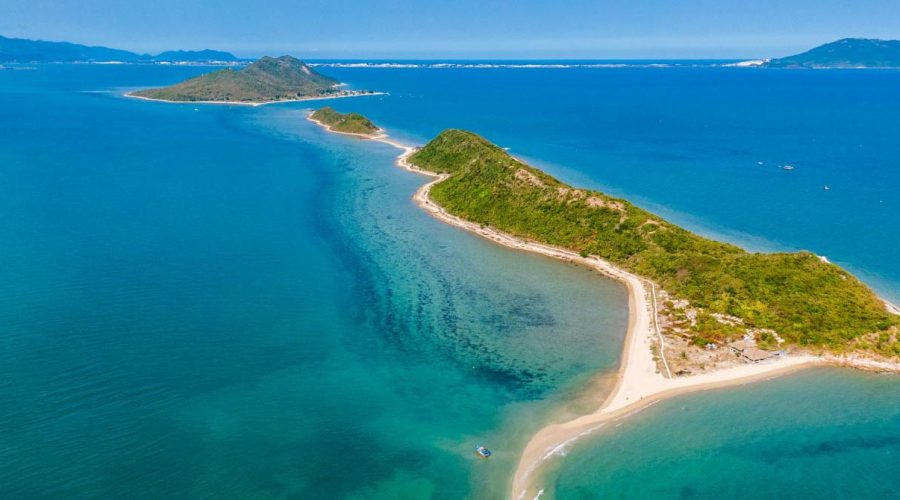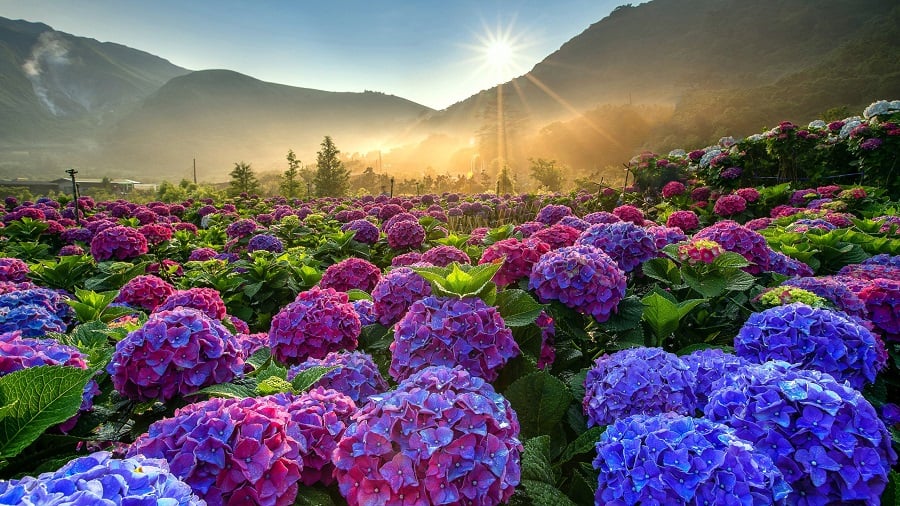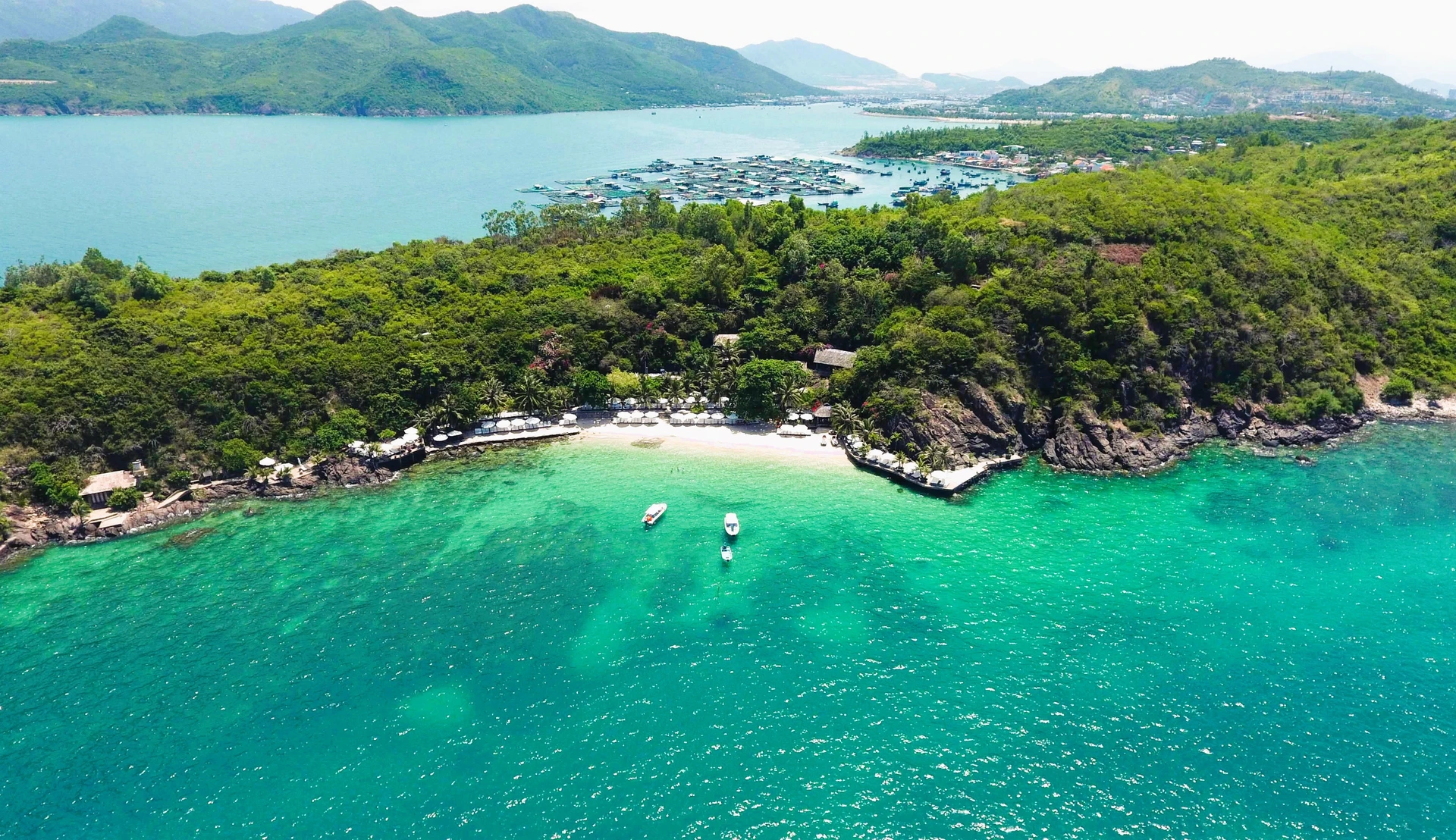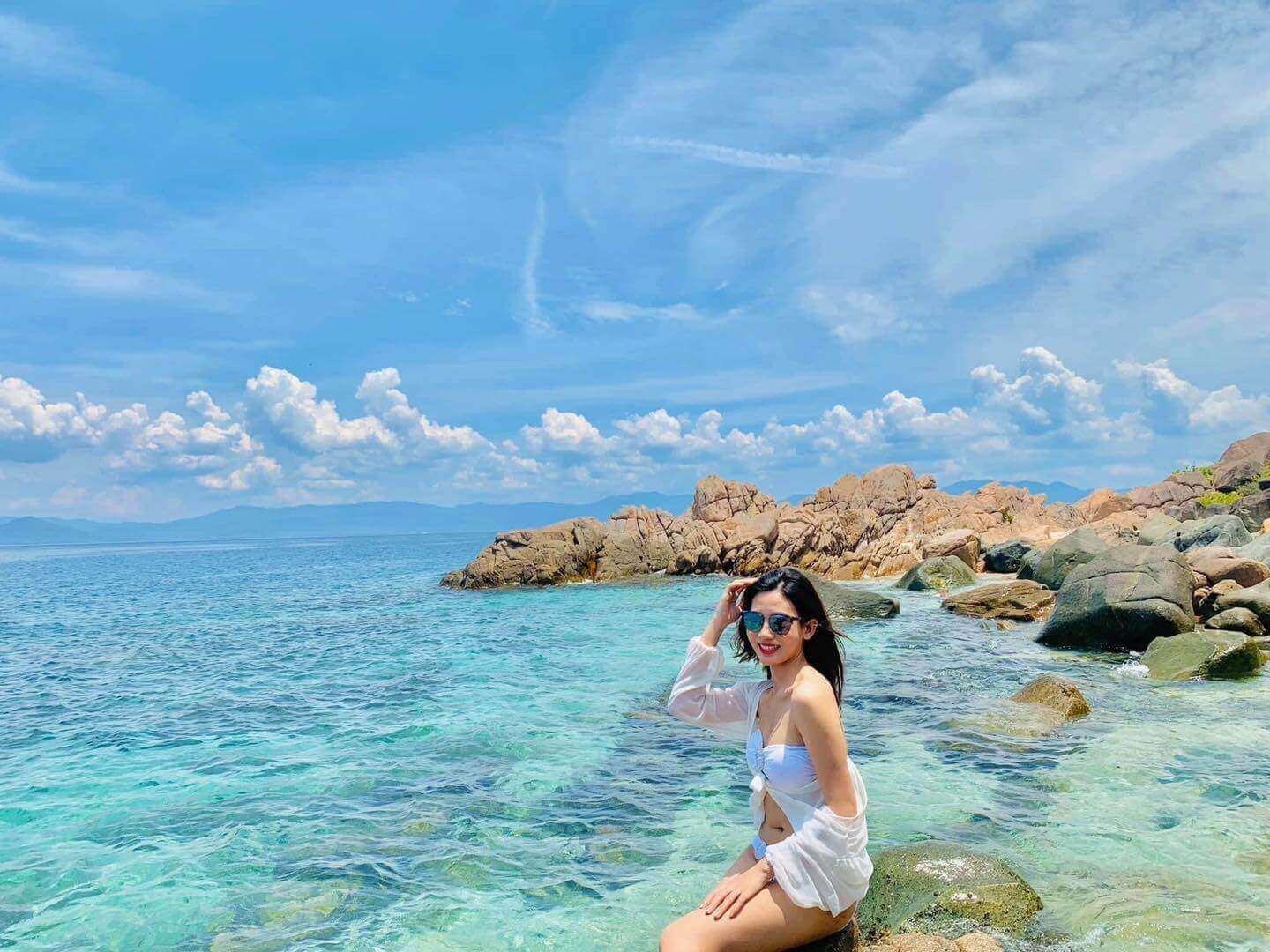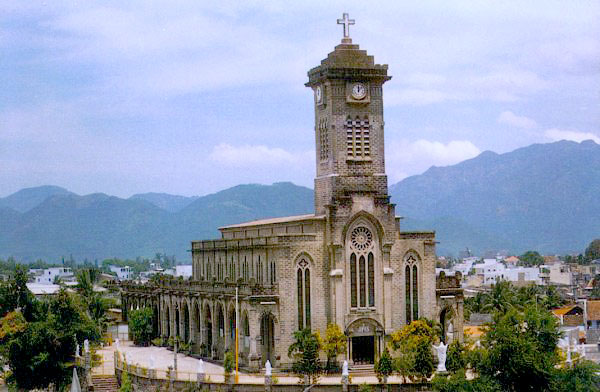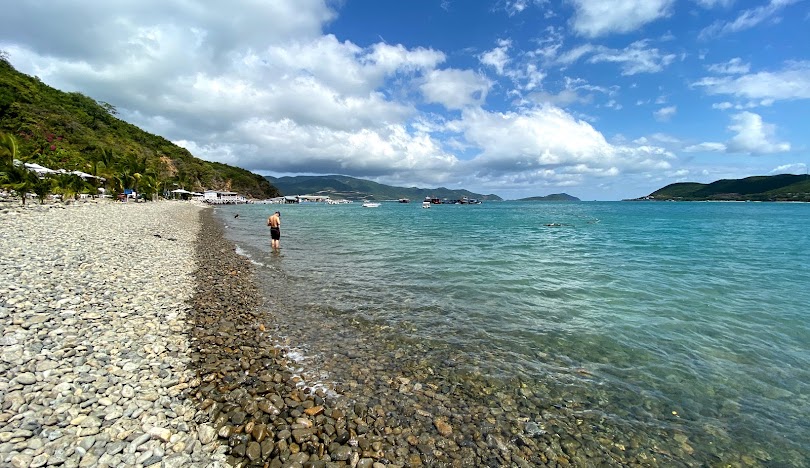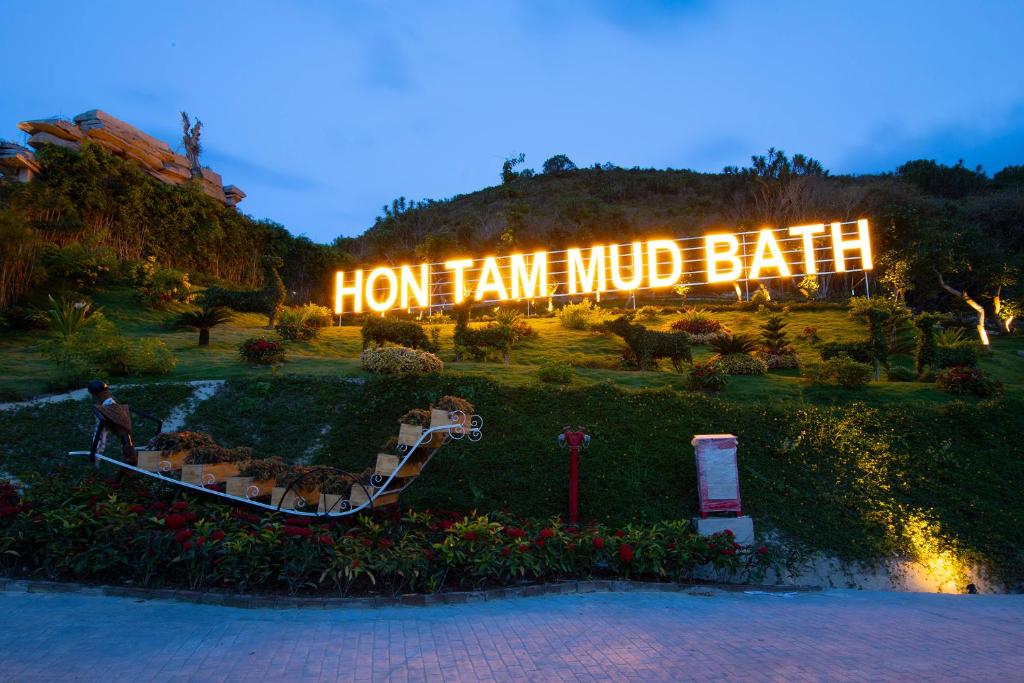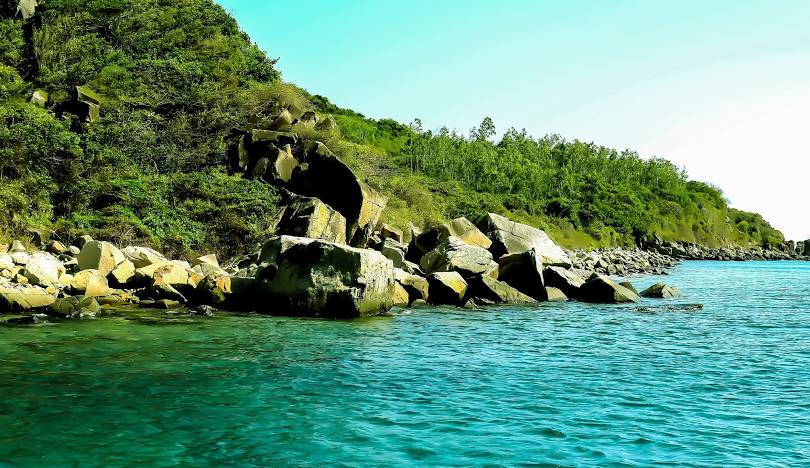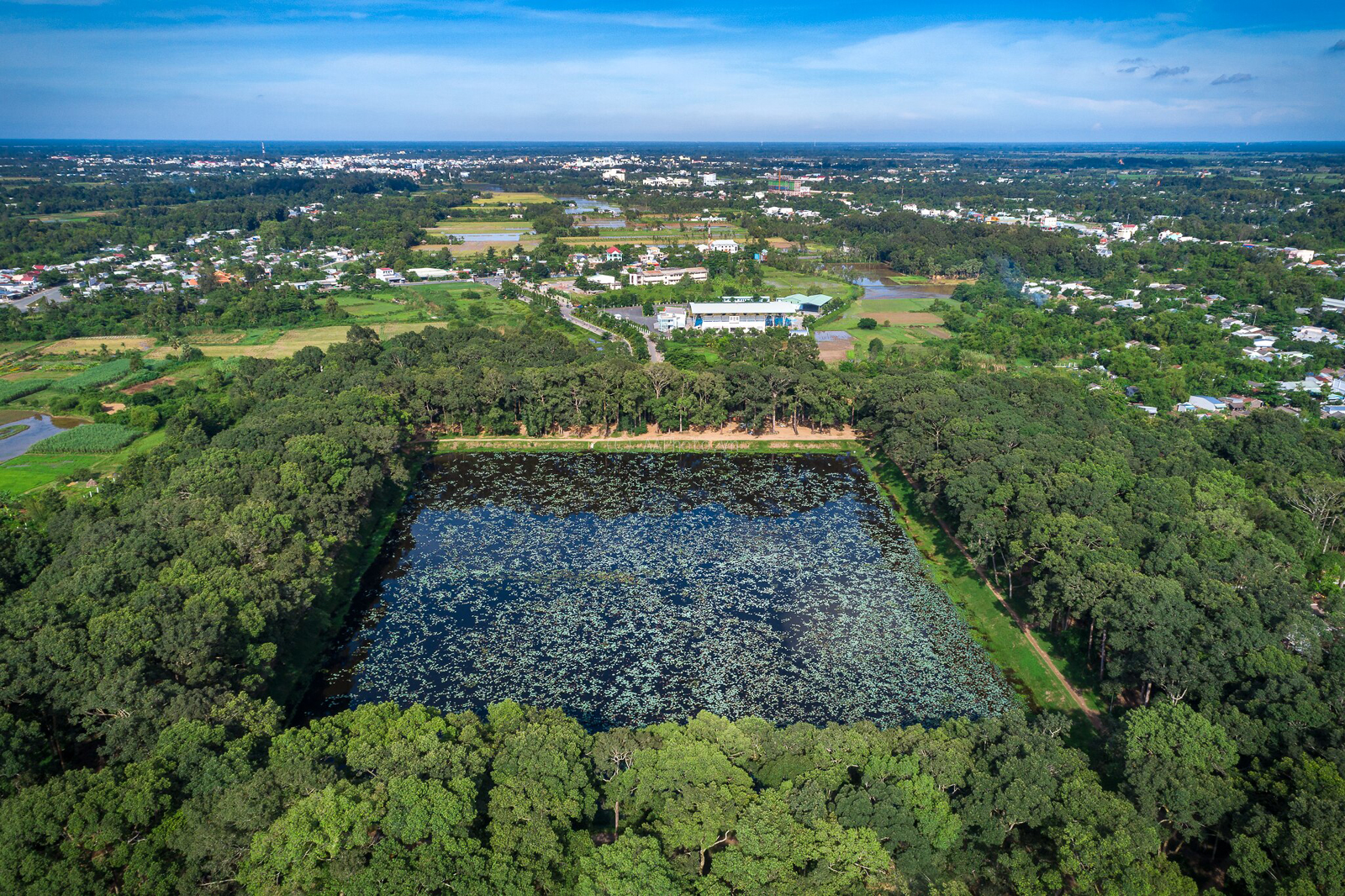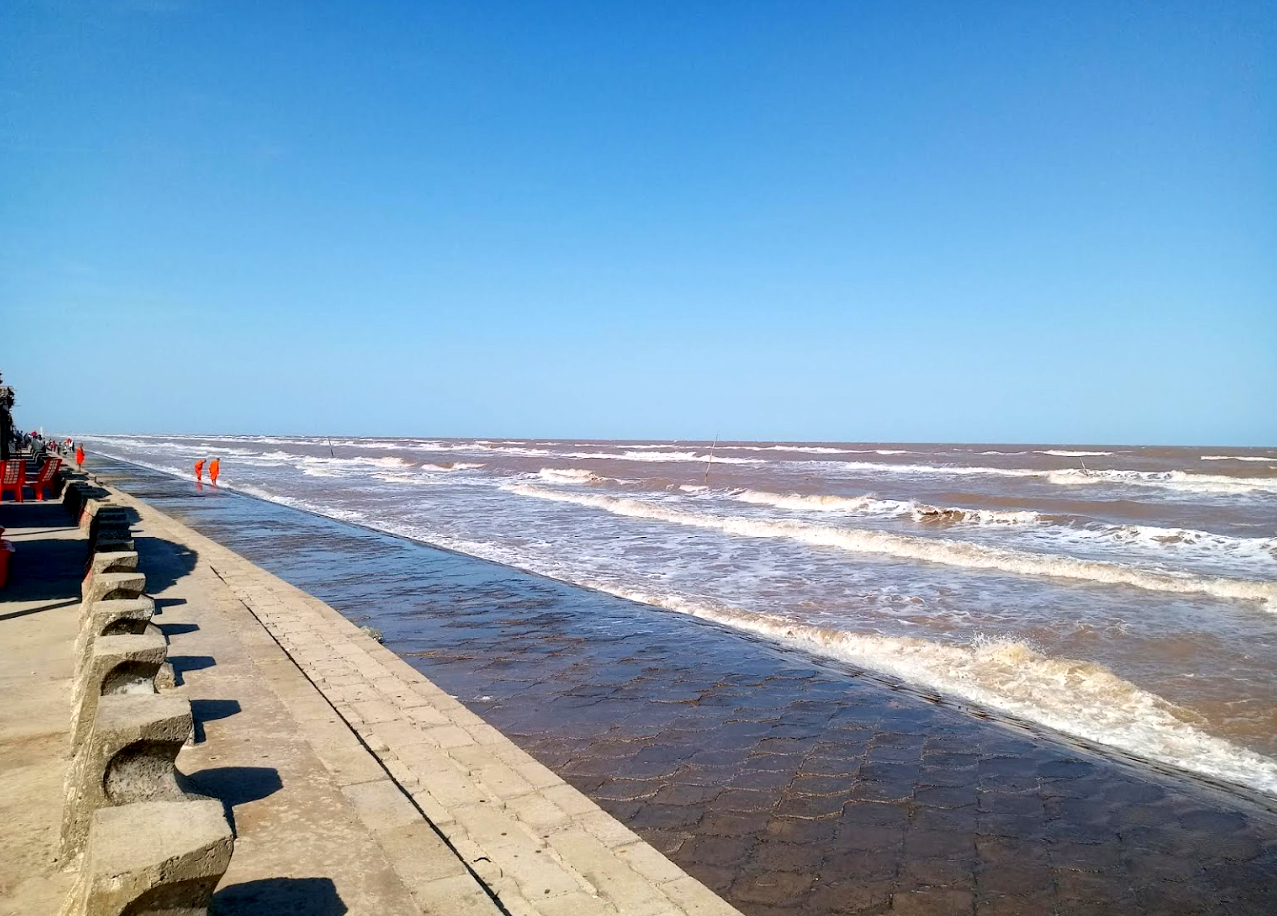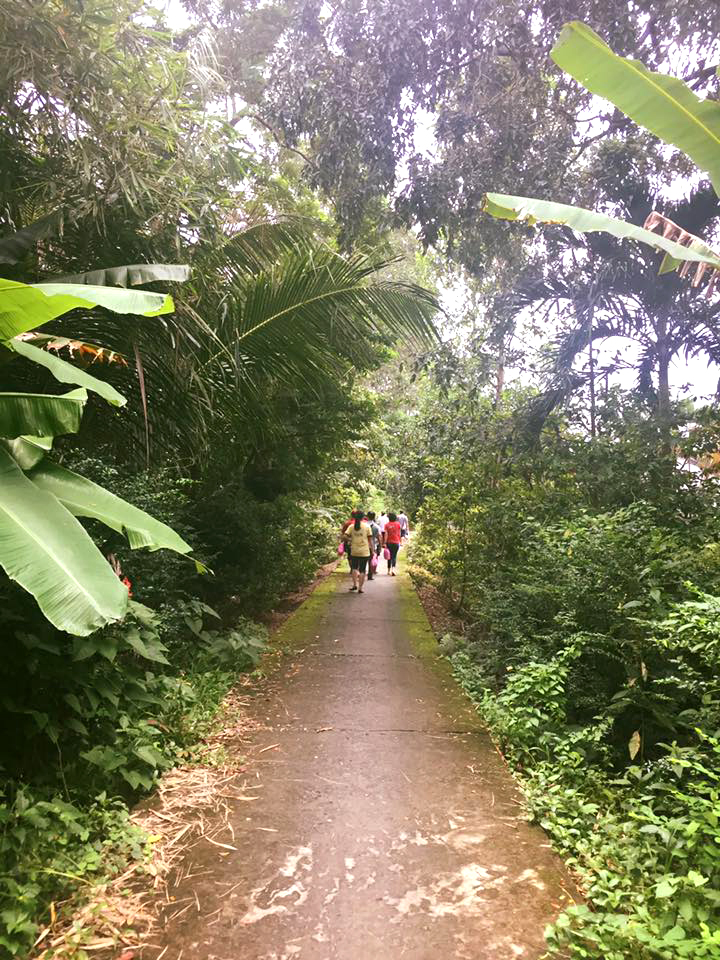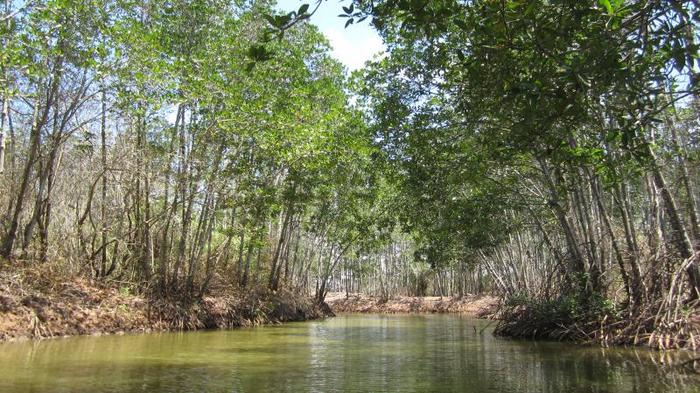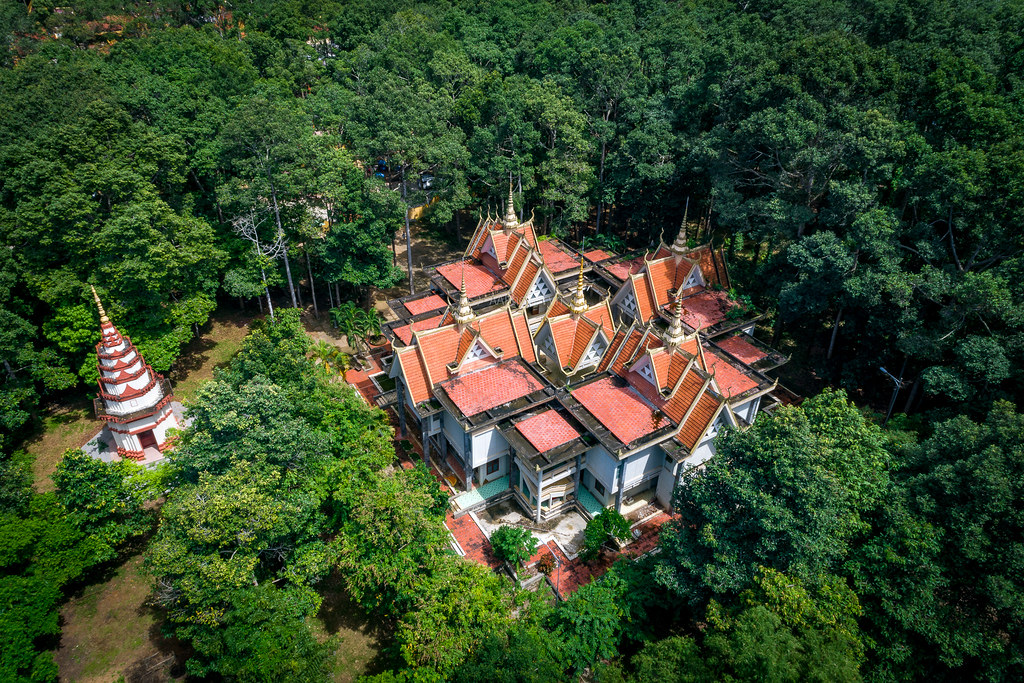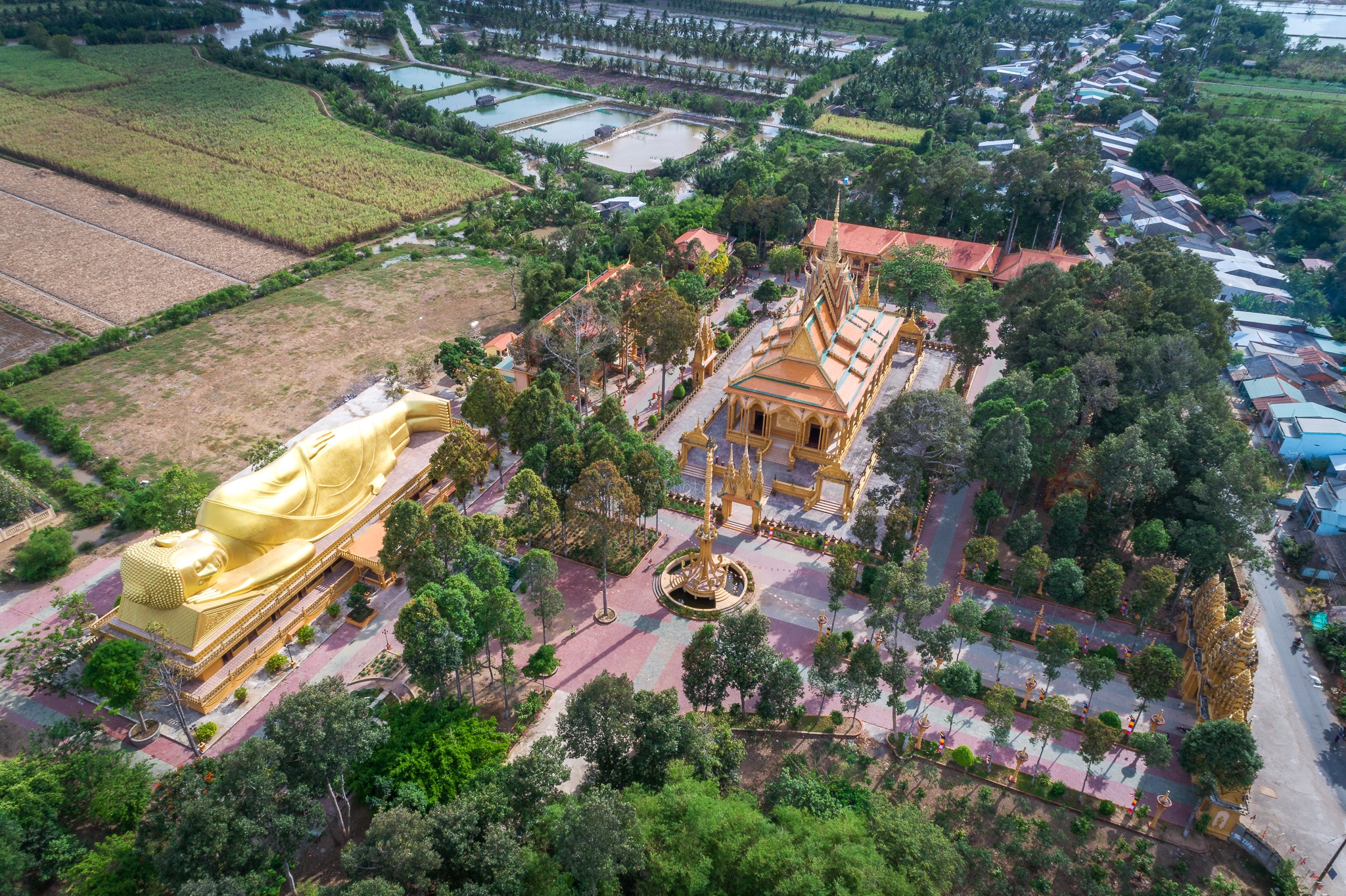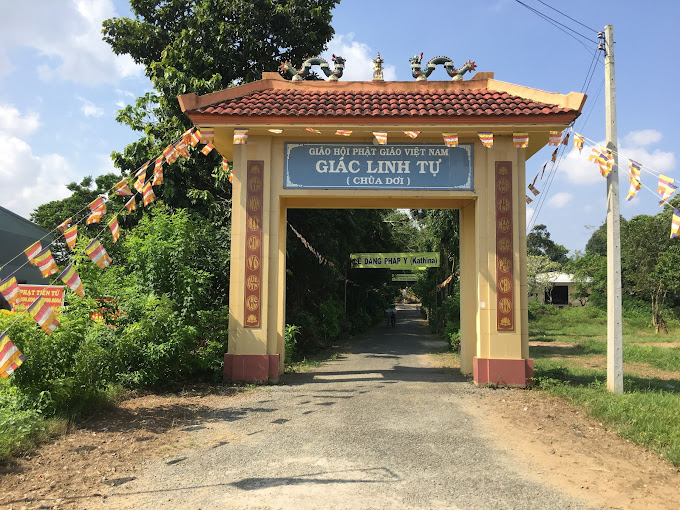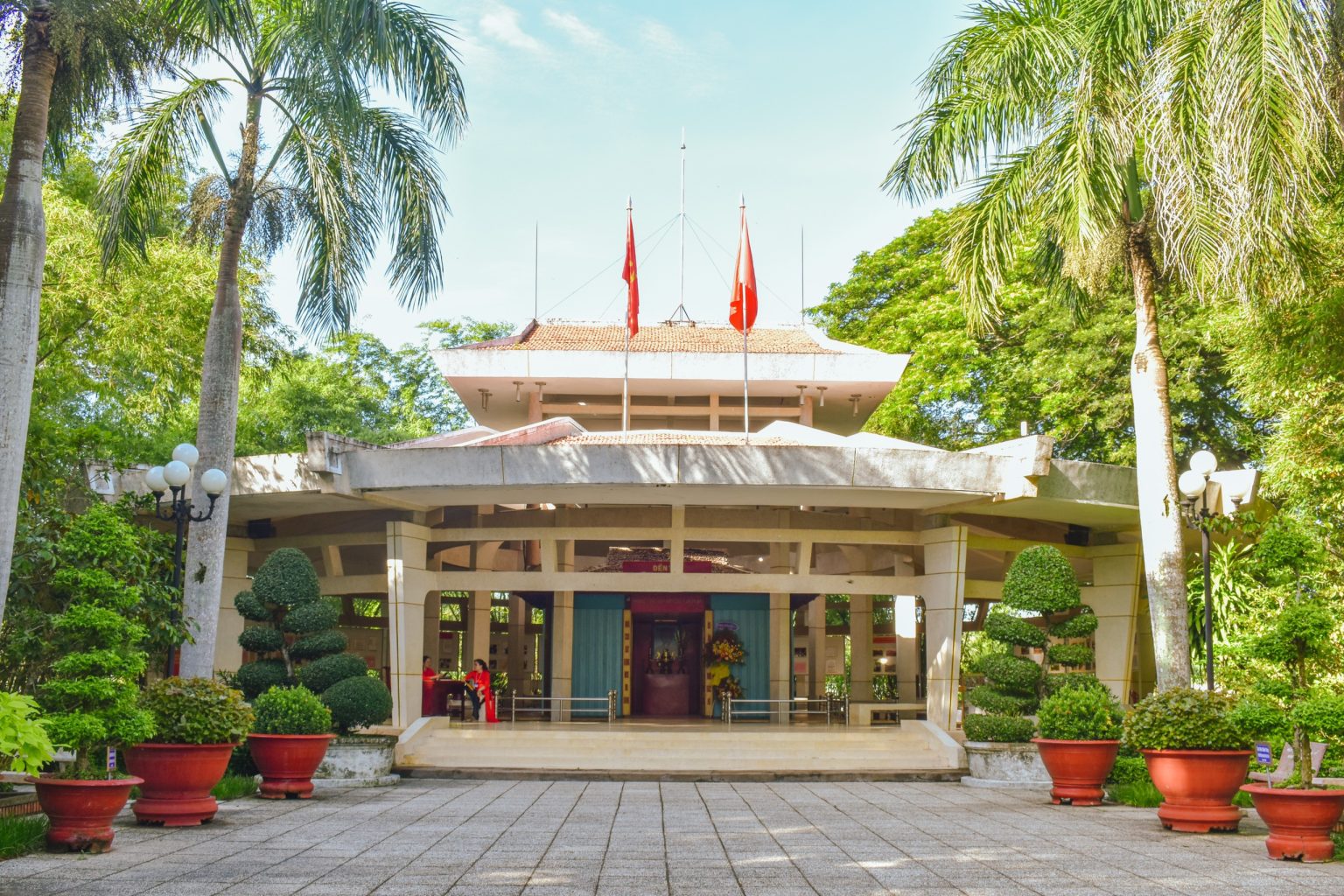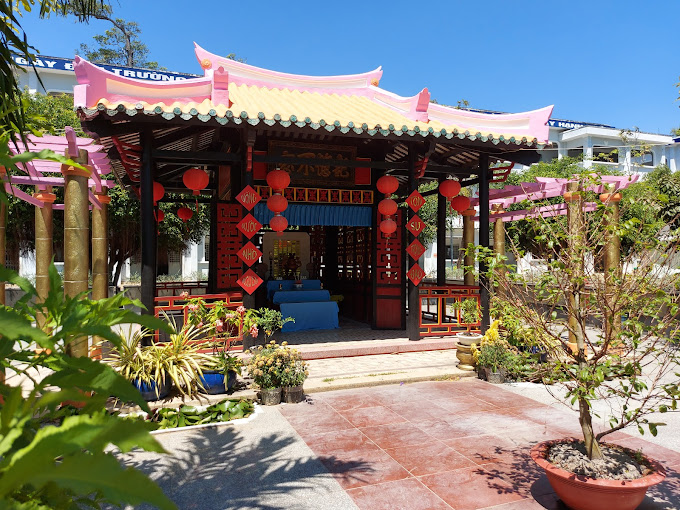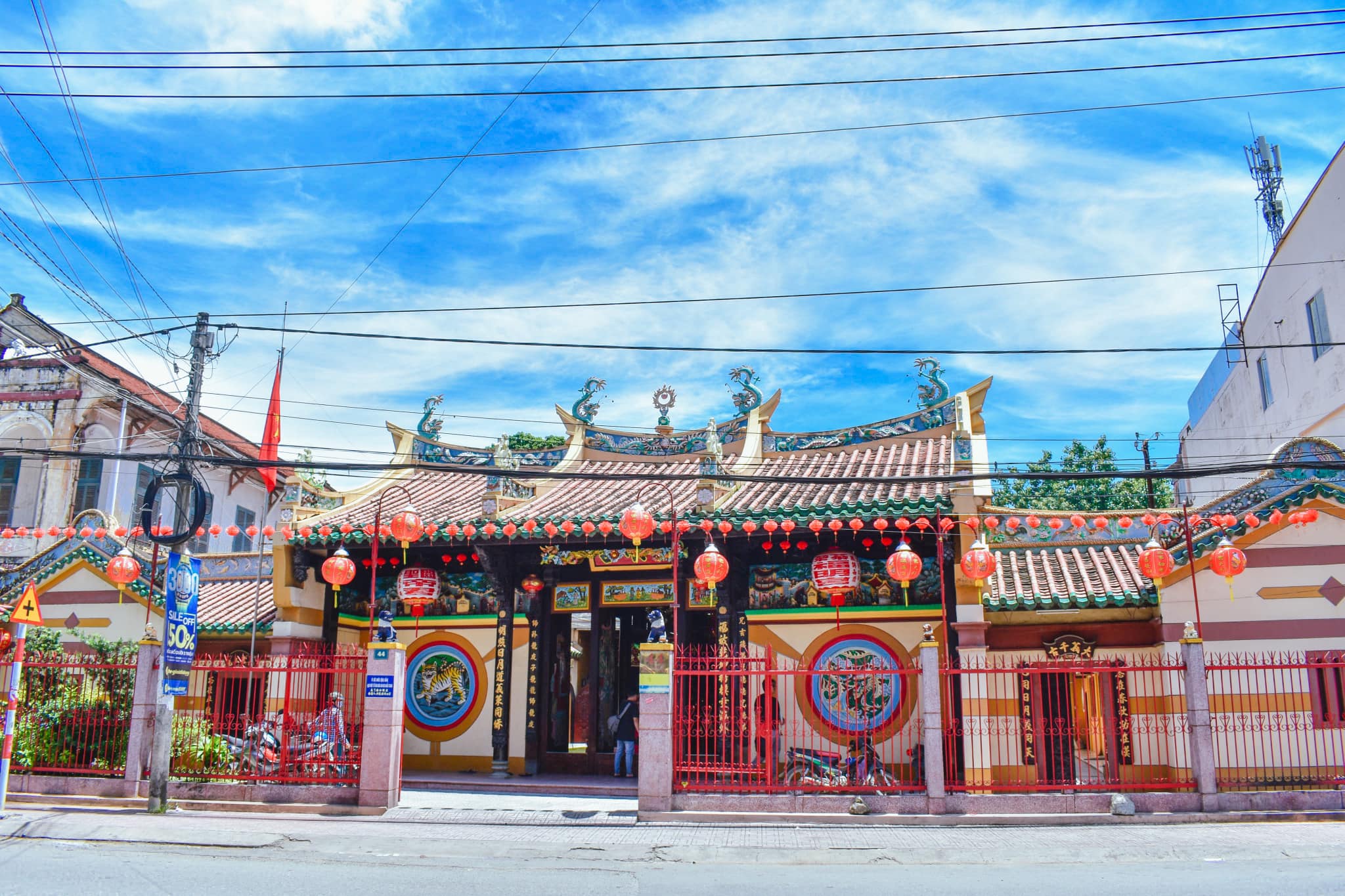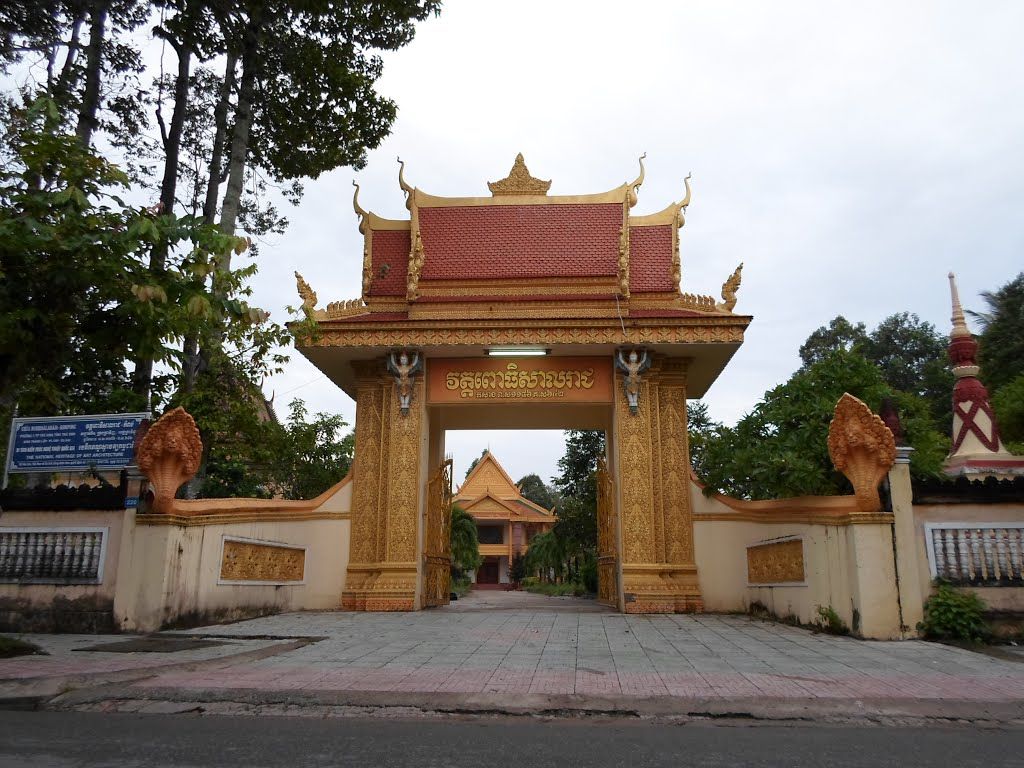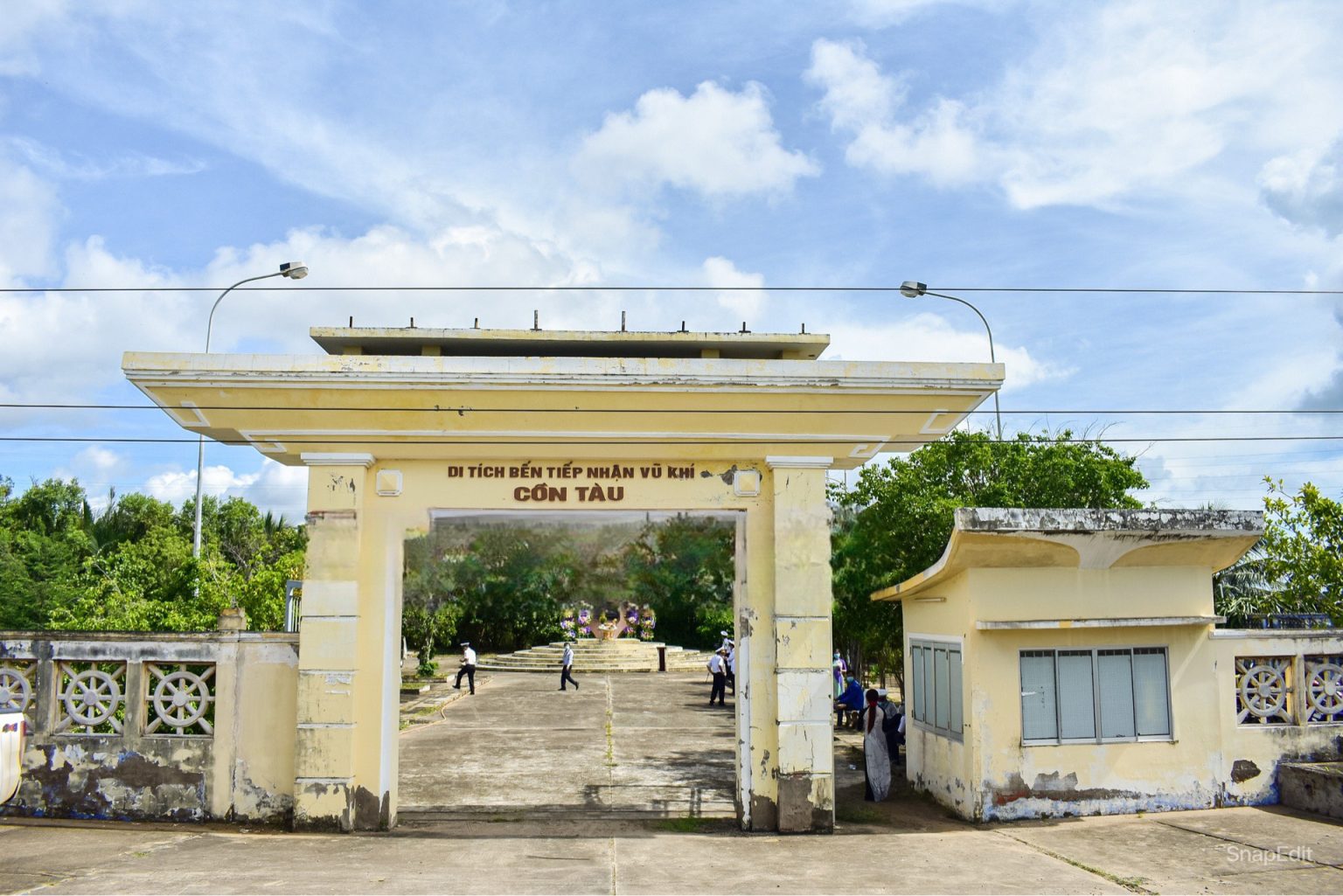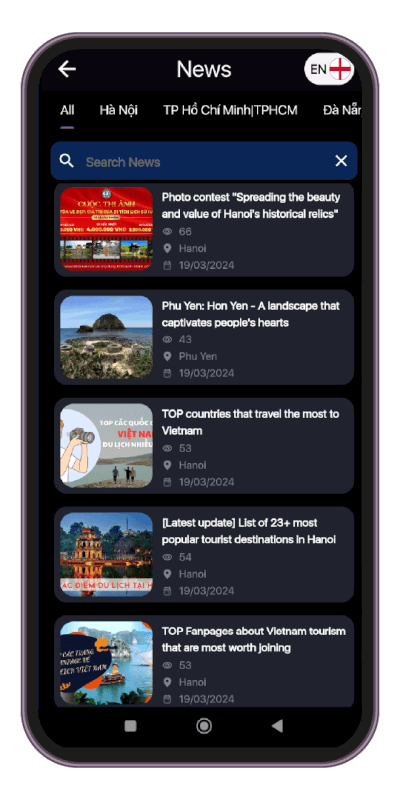The scenic spots of Ong Mat Pagoda, Phuoc Minh Palace, Grandmother's Palace, Giac Linh Pagoda... are national historical sites in Tra Vinh that tourists can visit. Explore these relics more clearly!
Tra Vinh possesses charming river beauty, combining ancient culture and today's development. This place possesses many historical and cultural relics such as Uncle Ho's temple, Giac Linh Pagoda, Ong Mat Pagoda... Let's explore 14 historical relics in Tra Vinh with 63Stravel to have the most interesting trip to the West. !
You must definitely visit 14 historical sites in Tra Vinh that are ranked nationally
Let's follow the list of 12 famous historical sites in Tra Vinh to have a journey to the Mekong Delta full of discoveries!
Relics of BODHICULÀMANI Pagoda (Ap Soc Pagoda)
Bodhiculanhani Pagoda (also known as Ap Soc Pagoda) was built around 1541. Ap Soc Pagoda is one of the typical Khmer pagodas with typical Southern architecture and more than 400 years of history. This is not only the religious and cultural center of the Khmer community but also a solid fulcrum in the resistance wars against the French and Americans.
 Di tích Chùa BODHICULÀMANI (Chùa Ấp Sóc)
Di tích Chùa BODHICULÀMANI (Chùa Ấp Sóc)
During the resistance period, the pagoda was a place to protect many revolutionary cadres and actively mobilized people to contribute financially, rice and even donate oil plants and weapons making tools. The monks and Buddhists of the temple also participated in many struggles for freedom and democracy.
With important contributions to the revolutionary cause and social work, Ap Soc Pagoda was awarded a Certificate of Merit by the Vietnam Fatherland Front Committee of Tra Vinh province and monk Thach Yen was awarded the Resistance Medal by the President. class II. On March 3, 2009, the Ministry of Culture, Sports and Tourism recognized Bodhicumàmani Pagoda as a national historical relic according to Decision No. 834/QD-BVHTTDL. This is a testament to the important role of the pagoda in local history and culture.
Ong Mat Pagoda
Ong Mat Pagoda, also known as Bodhisàlaraja, is located in Ward 1, Tra Vinh city. Previously, the temple was known as Wat Kompong, meaning "Ben Temple", due to its location near the wharf and canals. The new name, Bodhisàlaraja, combines the words "Bodhi" (Buddha), "Sàla" (sacred sala tree of the Khmer people) and "Raja" (King), signifying the enlightenment and eternal life of the community here. .
Located in the city center, Ong Mat Pagoda is not only a large temple but also the Khmer Buddhist center of Tra Vinh province. The pagoda is connected to Khmer pagodas in the province and the Southwest region, and is also the headquarters of the Khmer Buddhist Administration Office of the Mahanikay sect. With an area of nearly 1.3 hectares, the pagoda not only stands out with its unique architecture but also plays an important role in education and development of Khmer ethnic culture.

Sightseeing on Ong Mat Pagoda in Tra Vinh
The gate of Ong Mat Pagoda is an artistic masterpiece with 8 pillars supporting the roof, carved with the image of the god Kayno bird and a pair of seven-headed snakes. Entering the main hall, visitors will see 32 exquisitely decorated precious wooden pillars and a large statue of Sakyamuni Buddha, outstanding with the main hall's roof design resembling a flock of winding dragons. The temple library was built in the traditional wooden stilt house architecture and preserves many valuable ancient documents.
Ong Mat Pagoda has contributed significantly to the preservation and development of Khmer culture, contributed to the fight against the "ignorance" policy of the French colonialists and promoted the right to education for the community. The temple is also a community cultural center, applying science, technology and art to life. In 2009, the pagoda was recognized by the Ministry of Culture, Sports and Tourism as a national historical-cultural relic and a unique architectural and artistic work.
Historical relic of PHNO OM PUNG Pagoda (SIRIVANSARAMA)
Phno Om Pung Pagoda (also known as Long Truong Pagoda) was built in 1868 on a 25,000 m² campus. This is one of the outstanding Khmer pagodas with typical architecture and is considered a symbol of Tan Hiep commune.
Initially, the pagoda was built on a small area. In 1928, thanks to the donation of land by the families of Mr. Thach Saray and Ms. Thach Thi Em and the contributions of the Khmer community, the pagoda was expanded into the Cultural Center of the Khmer people in the region. After 48 generations of abbots and many restorations, the most recent major restoration in 2005, the pagoda is currently led by Venerable Thach Sa Vane.

The historical relic of PHNO OM PUNG Pagoda (SIRIVANSARÀMA) is ranked as a Provincial Monument
Not only is it a center of religion, culture, and education, Phno Om Pung Pagoda also stands out for its role in the struggle against oppression by the American Empire and the government of the Republic of Vietnam during the war. The pagoda has nurtured many resilient revolutionary soldiers, including Hero of the People's Armed Forces Thach Ngoc Bien. Honored by the Party newspaper as "Khmer pagoda rich in revolutionary tradition", the pagoda is currently continuing to be renovated thanks to the contributions of Buddhists and overseas Vietnamese.
Phno Om Pung Pagoda stands out with its long and tall reclining Buddha statue, attracting many tourists. At the same time, the pagoda is also a place to organize traditional festivals such as Chol Chnam Thmay, Bun Pchum Ben, Ok Om Bok and Kathina, contributing to maintaining and promoting the cultural and spiritual values of the Khmer people. Tra Vinh Provincial General Museum is collecting documents to propose to the Provincial People's Committee to classify the pagoda as a provincial relic in the near future.
Bao Mon pagoda revolutionary historical relic
Bao Mon Pagoda (also known as Dom Bon Bak Pagoda) is located in a strategic area bordering three districts of Tra Cu, Cau Ngang and Duyen Hai. During the two resistance wars against the French and the Americans, this was a fierce war zone, where the enemy used religion to divide compatriots and sabotage the revolution.
Ever since the Don Chau Commune Cell was established, Bao Mon Pagoda has become an important base for revolutionary activities. Party cell secretary Tran Van Khoi and senior monk Kim Nhieu Kem chose the pagoda as a place to house cadres and organize anti-enemy activities, mobilizing monks to establish the Provincial Patriotic Promotion Committee.

Relics of Bao Mon Pagoda
During the period 1946-1950, classes at the temple organized by Mr. Tang Khe and Mr. Nga propagated revolutionary guidelines and educated young people. In 1951, senior monk Kim Nhieu Kem treated and buried cadres shot dead by the enemy, while also hiding documents and revolutionary cadres.
During the resistance war against the Americans, the pagoda continued to be a revolutionary base with many secret bunkers. The Don Ta Day protest event in 1960 at Bao Mon Pagoda made a big splash, demanding the release of patriots and demanding freedom. The enemy reacted strongly but could not stop the movement.
At the end of 1968, Bao Mon Pagoda was surrounded, but monk Kim Nhieu Kem skillfully persuaded the enemy not to attack. In September 1974, the pagoda also played an important role in gathering intelligence and preparing for the liberation campaign.
Bao Mon Pagoda contributed a lot to the resistance war, with dozens of taels of gold, thousands of bushels of rice and many items. 25 monks and Buddhists heroically sacrificed their lives. Elder Kim Nhieu Kem was awarded the Second Class Resistance Medal by the State. The pagoda was recognized as a provincial historical relic according to Decision No. 1022/QD-UBND dated June 10, 2005 of the People's Committee of Tra Vinh province.
Ang Pagoda
Ang Pagoda, also known as Angkorajaborey Pagoda, is located near Ba Om Pond and the Khmer Ethnic Culture Museum. This is one of the national historical relics, outstanding with the ancient beauty and unique architecture of the Southern Khmer people.
The temple was built in the 10th century and has undergone many restorations and repairs. However, the main hall of the pagoda still retains its pristine beauty from the early days. The temple's architecture impresses with its towering towers, creating a solemn and attractive look. The pagoda campus is about 3.5 hectares wide, surrounded by ancient trees such as star, oil, bamboo and bamboo, along with a 4m wide and more than 400m long moat, creating a cool and peaceful green space.
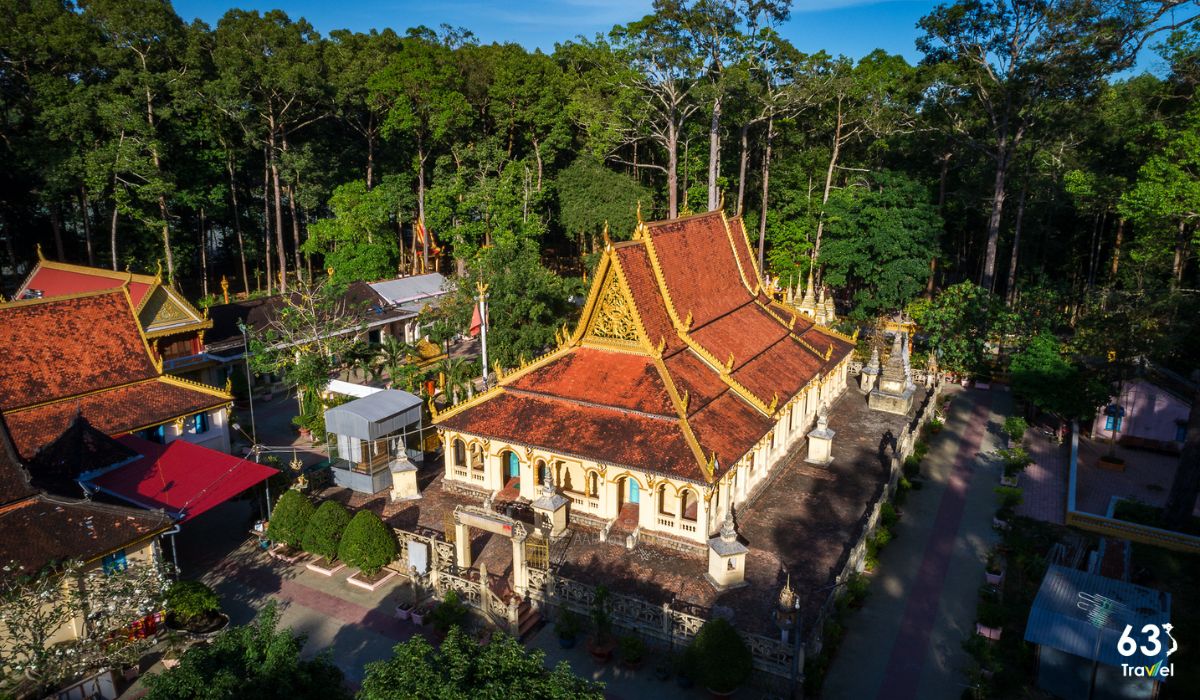
Ang Pagoda - Beautiful ancient Khmer pagoda in Tra Vinh
The temple's main hall, or Preah Vihear, is 36m long and 24m wide, built of green stone with a 2m high foundation, surrounded by a wide corridor. The main hall's roof is tiled and the column system is made of precious wood. In the main hall, paintings and Buddha statues reflect Buddhist thought and the life of Shakyamuni Buddha.
Ang Pagoda is not only a prominent tourist destination in Tra Vinh but also a place to preserve sophisticated sculpture art with many statues of gods, fairies and magical birds, imbued with the cultural and religious identity of the Khmer people. Visiting the pagoda, you will feel the sacred atmosphere and immerse yourself in the special spiritual space of the pagoda, while experiencing the traditional and modern beauty of Tra Vinh city.
>> Learn more: Top 9 beautiful tourist attractions in Tra Vinh that "attract" all tourists
Historical relic of Con Tau weapons reception station
Con Tau Weapons Receiving Wharf historical relic area is one of the important national relics of Tra Vinh province. This place is not only a traditional educational address for the young generation but also a potential tourist destination combined with Ba Dong tourist area and wind power, creating a continuous cultural and tourist cluster of the coastal area. Duyen Hai.

Con Tau Weapons Receiving Wharf Historical Relic Area is recognized as a provincial tourist destination
Con Tau wharf with an area of 5,843m², was once an important base in the two resistance wars against the French and the Americans, thanks to its favorable location and the support of the people. On January 19, 2004, the Ministry of Culture, Sports and Tourism classified this monument as a national monument. In 2008, Tra Vinh province invested more than 1.7 billion VND to build souvenir stele and display houses. By December 23, 2015, Con Trung Temple and Con Tau Ong Mausoleum were also recognized as national monuments under the Con Tau weapons receiving station system.
The relic site is currently planned on an area of 20,539m². Every year, on October 23, a ceremony is held here to celebrate the day comrade Hoang Van Thai signed the decision to establish the 759 Water Transport Team, marking the traditional day of the Train without Number. Con Tau Wharf is not only a testament to the victory of the Vietnamese people but also shows the courage and creativity of soldiers in difficult conditions. It is the people's support that has helped protect and build a harbor without precedent in history, demonstrating a deep spirit of solidarity and patriotism.
Phuoc My Tu relic
Phuoc My Pagoda, also known as Cay Quan Pagoda or Ba So Pagoda, is a pagoda with a long history in Tra Vinh province. The name "Cay Quan Pagoda" comes from a large curly tree that used to be on the river bank in front of the pagoda, while the name "Ba So Pagoda" honors Mrs. Pham Thi Do, also known as Ba So - an immigrant from Go Cong. founded the temple in 1886.

Phuoc My Relics (Ba So Pagoda)
The pagoda is located on a campus of more than 1 hectare, next to the Thau Rau river. Opposite the river is the Provincial Party Committee Base Area (Hamlet 5 Base Area, My Long) and about 500 meters south of the pagoda is the District Party Committee Base Area (Ray Tieu Base Area). The pagoda not only has historical and cultural value, but also played an important role in previous resistance activities.
Giac Linh Pagoda (Bat Pagoda)
Giac Linh Pagoda is also known as Bat Pagoda or Ba So Pagoda, prominently known as "Bat Pagoda" due to the appearance of many species of birds, especially crows and bats, in the former temple grounds. Founded in 1886 by Mrs. Pham Thi Do, also known as Ba So - an immigrant from Go Cong.
Located on a high plot of land, surrounded by ancient trees such as horsetail, tamanu, japonica and bamboo, creating a quiet and sacred space. When entering the temple, on the right is a large statue of Avalokiteshvara Bodhisattva, symbolizing compassion and salvation. The pagoda not only worships Buddha and related deities such as Bodhisattva and Arhat, but also worships Confucius, Lao Tzu and gods in folk beliefs such as Ba Chua Xu, Tao Quan, Uncle Tai, and Uncle Quy. , reflects the blend between religion and life.

Bat Pagoda - A sacred place with a "creepy" feeling
Although the pagoda does not stand out in terms of scale or architecture compared to many other pagodas, with its gilded wooden panels being a notable feature, Giac Linh Pagoda has a rich revolutionary history. Since the early twentieth century, this has been the center of activities of patriots and the Red Youth organization.
During the resistance period, the pagoda was a place for secret activities, transporting weapons and holding important meetings. In 1998, Giac Linh Pagoda was recognized as a national historical and cultural relic, open to visitors and a place to reflect on morality and history.
Mrs. Co Hy's floor
Ba Co Hy Ba Dong pavilion, also known as Ba Ba Dong pavilion or Ba Co Hy Thuong Nuong Nuong pavilion, is an important cultural relic of Vietnamese fishermen, especially developed in Binh Thuan and the South Central region. The belief in worshiping Ba Co Hy was brought to the South many centuries ago with fishermen.
Located at Truong Long Hoa and has gone through many stages of construction. Initially, this religious facility was just a simple structure made of wood and coconut leaves. By the early 20th century, villagers rebuilt it with bamboo and tiled roofs. During the war against the Americans, Ba Lau was heavily damaged and was rebuilt in 2008 with spacious architecture.
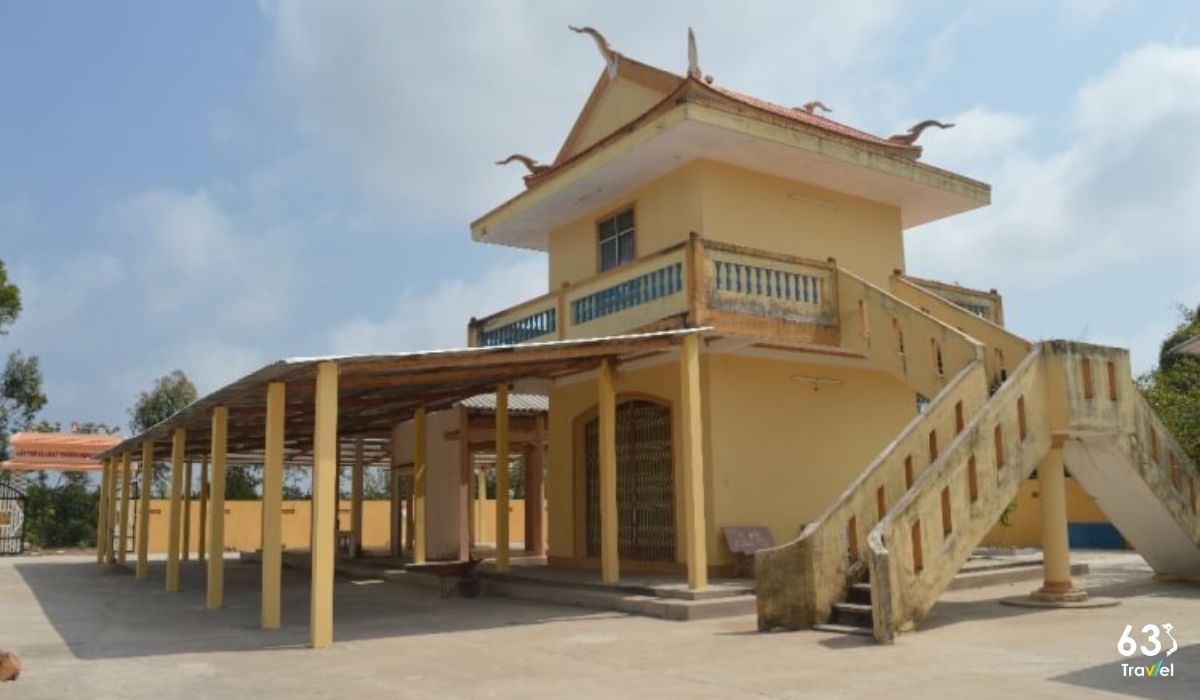
Relics of Lady Co Hy's House in Thuong Nuong Dong
Lau Ba has a ground floor and a first floor structure. The ground floor worships Lady Chua Xu, along with altars for other deities such as Mr. Tai, Mr. Quy and Nam Hai Quoc (whale spirit). The upper floor is a closed worship space, with an altar to worship the statue of Mrs. Co Hy and other gods. In particular, Mrs. Co Hy here is identified with Trieu Thi Trinh, the famous female general, reflecting the patriotic spirit and national roots of Truong Long Hoa residents.
In addition to its spiritual value, Ba Lau also plays an important role in revolutionary history, once being the meeting place of the Party Cell and the Pioneer Youth organization before the August 1945 uprising. During the resistance war, Lau Ba was also the garrison point of the Republican Guard forces. Ba Dong Ba Co Hy Ba Dong Pavilion was recognized as a provincial-level Historical-Cultural relic in 2015.
>> Should see: Collection of beautiful photos of Tra Vinh tourist destinations
Relics of Teakhinasakor Ta Lon Pagoda
Teakhinasakor Ta Lon Pagoda (also known as Cai Coi Pagoda) was built in 1816 and is one of the typical Khmer pagodas in Tra Vinh. During the resistance period, the pagoda suffered a lot of damage from bombs and bullets, but was repaired many times by monks and Buddhists, still retaining the typical architectural features of Southern Khmer pagodas.
Not only is it the center of religious activities of the Khmer people in the region, but it is also a secret operation base to protect revolutionary officials. During the resistance wars, the pagoda played an important role in housing and protecting revolutionary cadres, while also organizing classes for monks and local children, propagating the Party's policies. Many revolutionary cadres were nurtured and protected by the pagoda, and later held important positions in Party and State agencies.
Besides its historical value, Teakhinasakor Ta Lon Pagoda also stands out with its Khmer pagoda artistic architecture, especially the main hall with many unique works of art. The pagoda's architectural complex includes the main gate, side gate, main hall, sangha, sala, school, flagpole, cremation tower, ossuary tower and Néak Ta house.
Tien Van Temple Relics
Tien Van Temple (also known as Tien Su Temple) was built in 1943 on an area of 16m² with columns and walls made of precious wood, curved tiled roof and tiled floor. Built thanks to the donations of Mr. Pham Van Luoc and Mr. Vuong Hao Thuan, the temple worships teachers who have contributed to the education cause of Tra Vinh province. The wooden plaque in front reads "Immortal Memories" and the one inside reads "The Hundred Arrows Cross the Ocean", while the marble stele at the back records the names of 139 Vietnamese, Khmer, Chinese and French teachers.

Tien Van Temple Relics Ranked as Provincial Relics
It was ranked as a Provincial Cultural Monument in 2004 and is a place to honor and commemorate deceased teachers. Every year, on major holidays such as Hung King's death anniversary (March 10 of the lunar calendar), December 23, the opening day of school, the end of the school year and especially Vietnamese Teachers' Day (November 20), Many students and teachers came to visit and burn incense at the temple. This is a meeting place for generations of teachers to express gratitude to teachers who have made many contributions to the cause of education and protecting the homeland.
Long Duc Communal House
Long Duc Communal House, also known as Thanh Hoang Temple, is located at 8 Pham Hong Thai Street, Ward 2, Tra Vinh City. Built around the 1920s-1930s, Long Duc communal house stands out with the traditional architectural style of Southern village communal houses. The communal house still retains its ancient architectural beauty with many unique sculptures and paintings, reflecting the national culture.
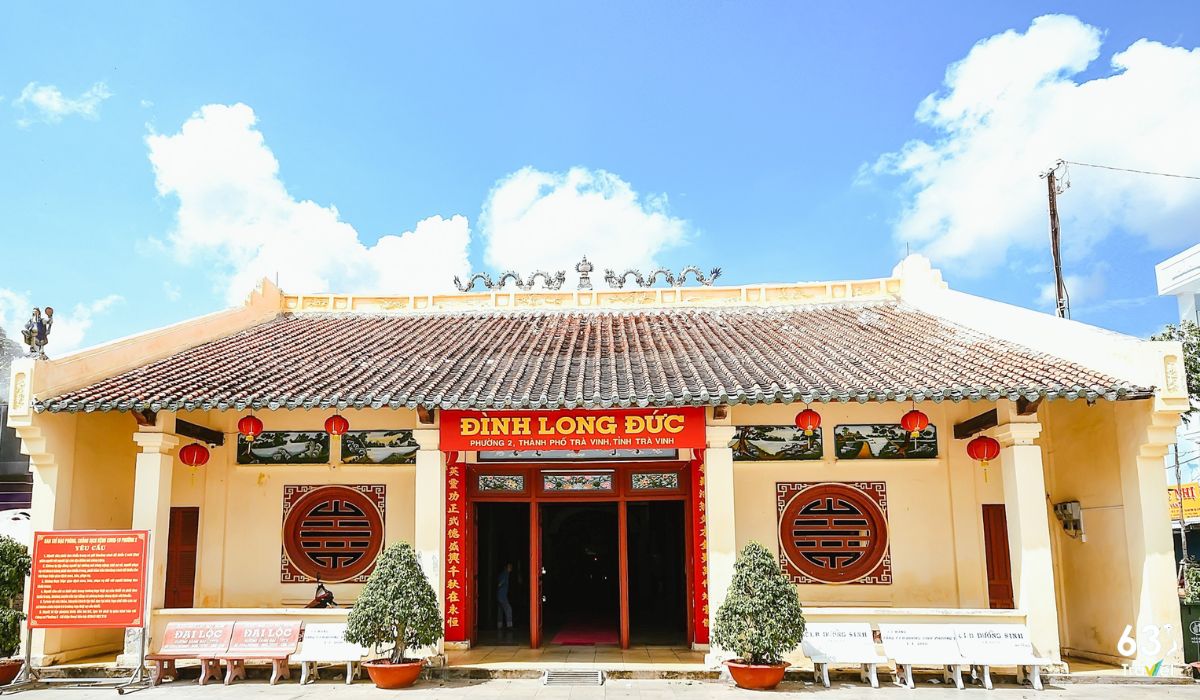
Long Duc Communal House Relics (Thanh Hoang Temple)
In 2021, Long Duc Communal House will be ranked as a national historical and cultural relic with an artistic architectural type. This is an attractive destination for tourists and researchers who want to explore the cultural and historical value of Tra Vinh land.
Ong Pagoda (Phuoc Minh Cung Pagoda)
Phuoc Minh Palace, also known as Ong Pagoda, is a prominent cultural relic of the Chinese community in Tra Vinh city. Built in 1556, the pagoda has been renovated and restored many times, most recently in 1991 and 2000. In 2005, Phuoc Minh Cung was ranked as a national historical-cultural relic with the type artistic architecture.

Visit Ong Phuoc Minh Cung Pagoda in Tra Vinh
The temple campus is more than 800m² wide, with traditional Chinese "internal and foreign" architectural style. The main project consists of three buildings: the front hall, the middle palace and the main palace, along with two rows of houses on the left and right palace, forming the shape of the word "Khau". All buildings are roofed with multi-storey yin and yang tiles, emerald green glazed roofs, and precious wooden rafters.
Phuoc Minh Palace stands out with exquisite sculptural details such as images of dragons, phoenixes and Chinese cultural symbols on columns and pillars. The front hall has three doors, with the main door designed in a boxy style, decorated with images of gods and reliefs representing ancient Chinese stories. The central hall and main hall continue to preserve the traditional art style, with the Eight Immortals and Beasts design and sophisticated horizontal paintings.
Uncle Ho Temple
Uncle Tra Vinh Temple is located in Vinh Hoi hamlet, Long Duc commune, about 4 km north of Tra Vinh city center, and has been a national historical-cultural relic since 1989. With an area of With an area of 5.4 hectares, the relic includes the temple of President Ho Chi Minh, a display house about Uncle Ho, a green campus, a fish pond and a camping area. In particular, there is a model of Uncle Ho's stilt house designed to be similar to the stilt house at the Presidential Palace in Hanoi, creating a prominent highlight for the monument.
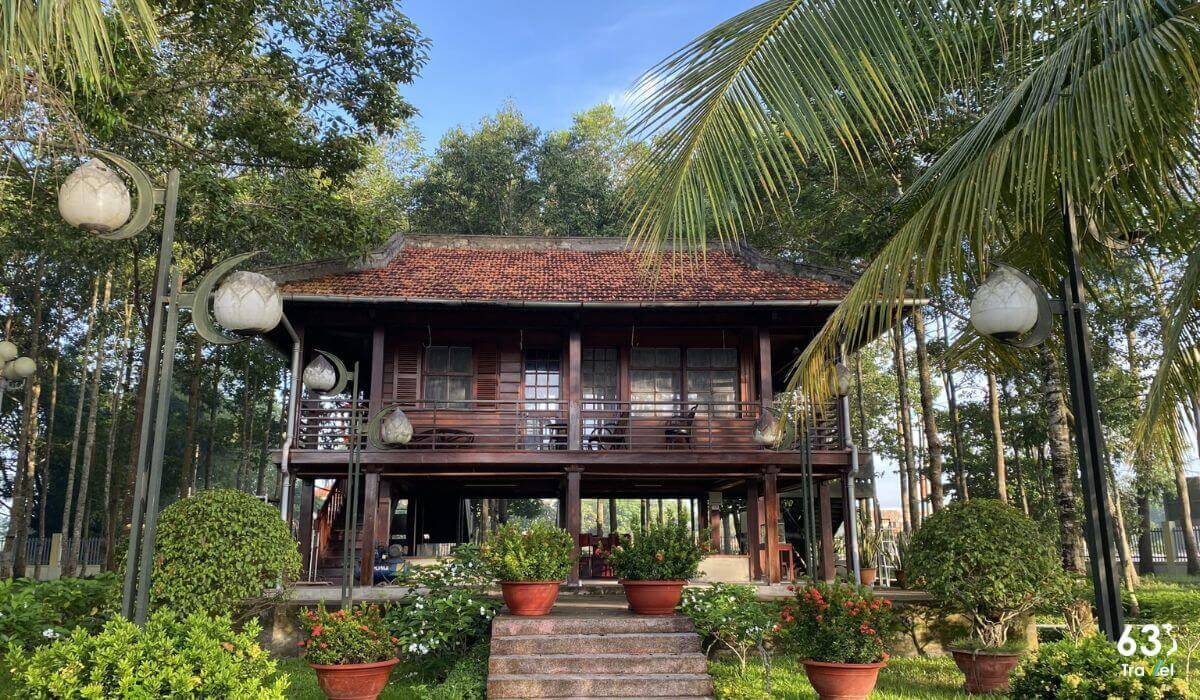
Tra Vinh Uncle Ho Temple - Red address for educating revolutionary traditions
Summary of 14 historical sites in Tra Vinh to help people have a plan to explore the West. Hopefully, the information will be useful to readers, helping everyone have an enjoyable trip to the Tra Vinh region!
Tra Vinh
6593 view
Update day
: 09/09/2024
63 Stravel
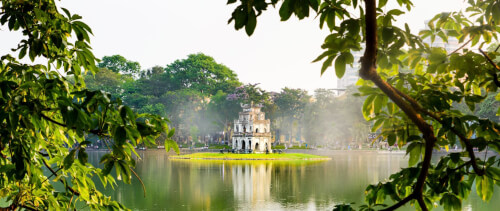 Hanoi (7)
Hanoi (7)
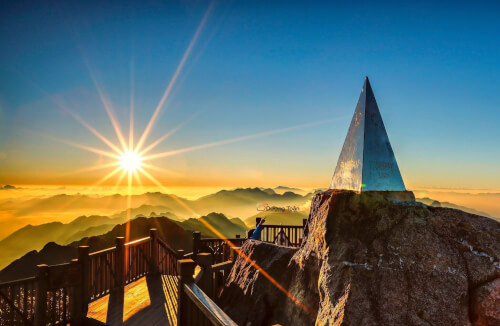 Lao Cai (1)
Lao Cai (1)
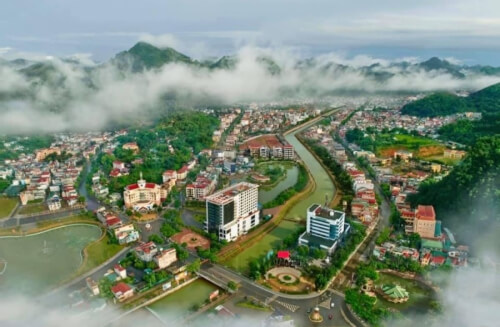 Son La (2)
Son La (2)
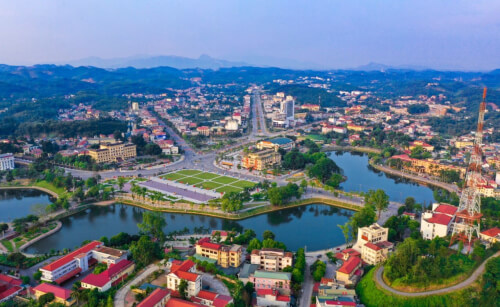 Yen Bai (1)
Yen Bai (1)
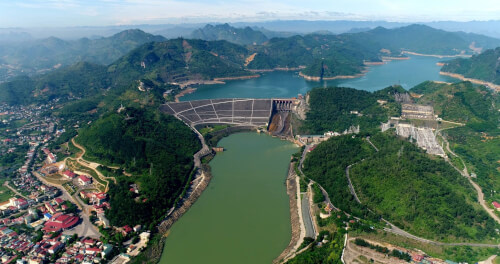 Hoa Binh (1)
Hoa Binh (1)
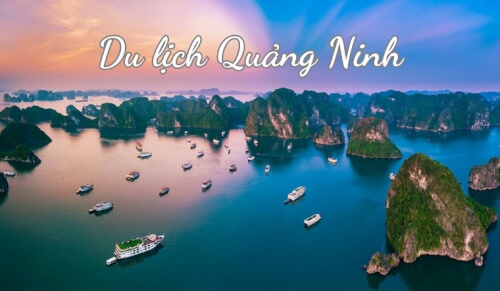 Quang Ninh (18)
Quang Ninh (18)
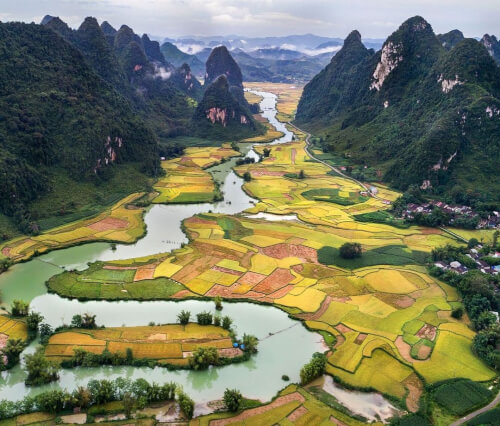 Ninh Binh (1)
Ninh Binh (1)
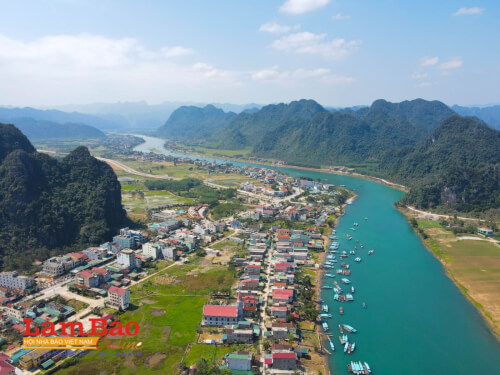 Quang Binh (2)
Quang Binh (2)
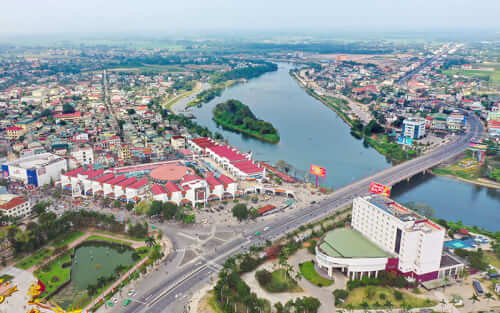 Quang Tri (1)
Quang Tri (1)
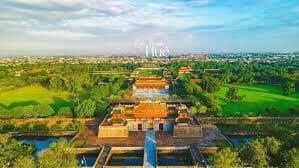 Hue (17)
Hue (17)
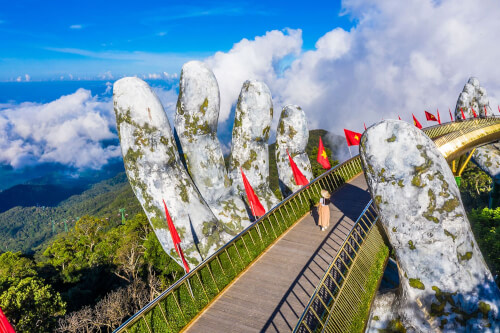 Da Nang (24)
Da Nang (24)
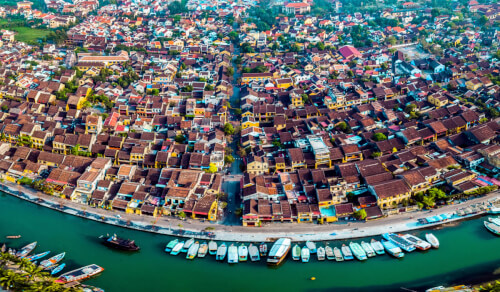 Quang Nam (16)
Quang Nam (16)
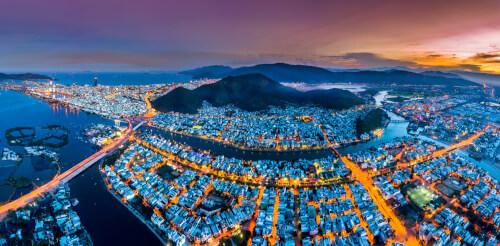 Binh Dinh (1)
Binh Dinh (1)
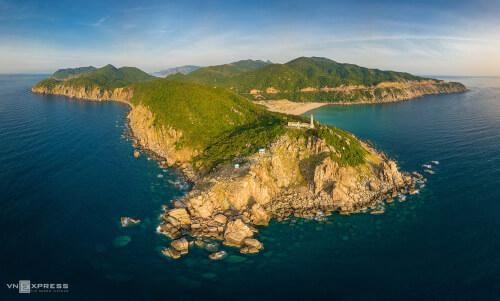 Phu Yen (1)
Phu Yen (1)
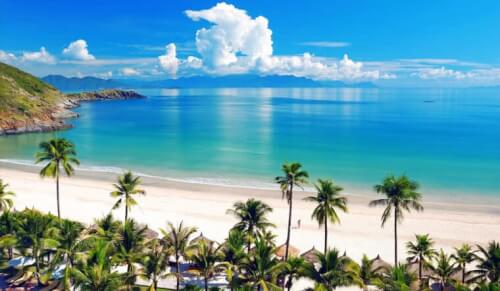 Khanh Hoa (12)
Khanh Hoa (12)
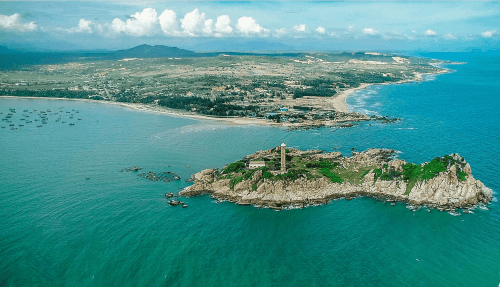 Binh Thuan (1)
Binh Thuan (1)
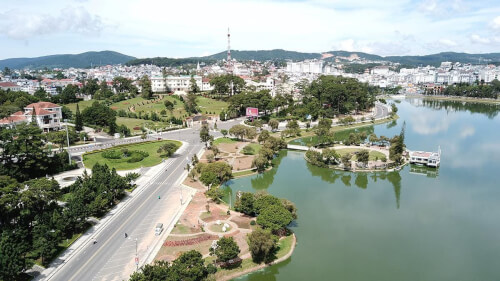 Lam Dong (7)
Lam Dong (7)
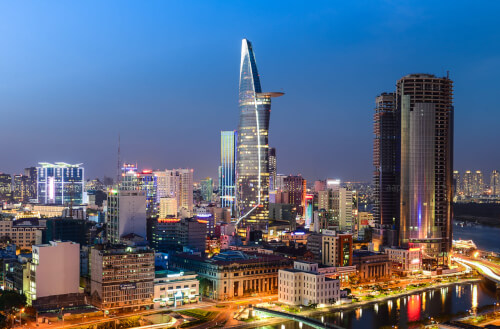 Ho Chi Minh City (3)
Ho Chi Minh City (3)
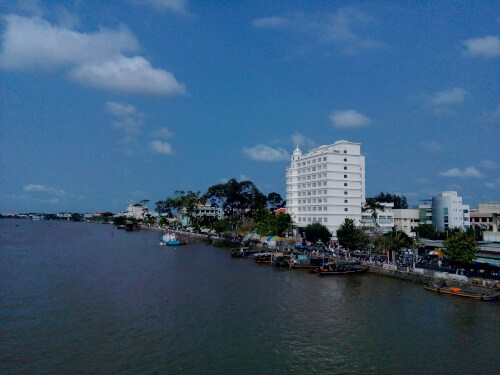 Ben tre (3)
Ben tre (3)
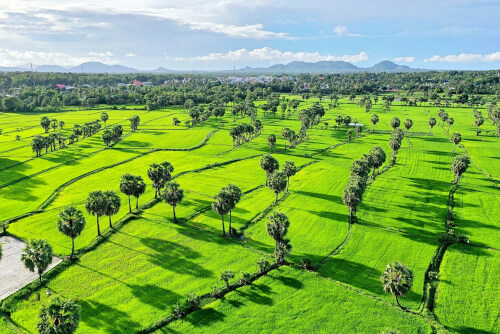 An Giang (1)
An Giang (1)
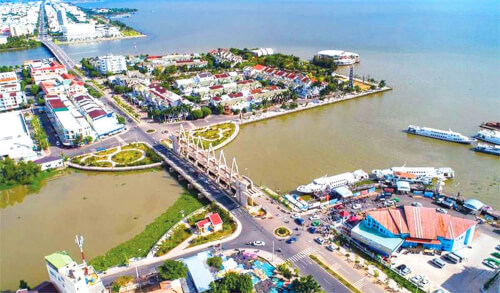 Kien Giang (4)
Kien Giang (4)
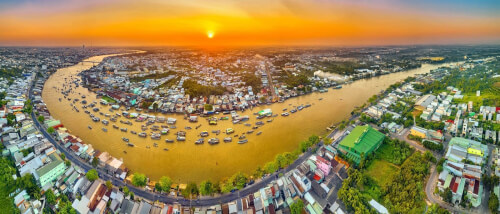 Can Tho (3)
Can Tho (3)
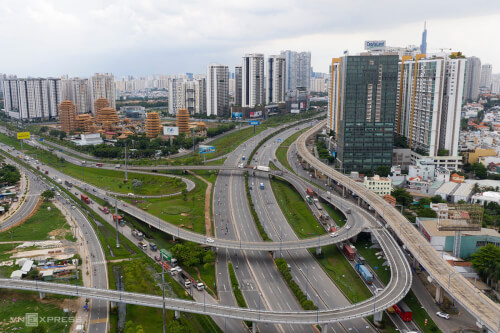 Foreign (3)
Foreign (3)

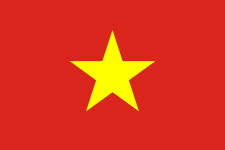 vn
vn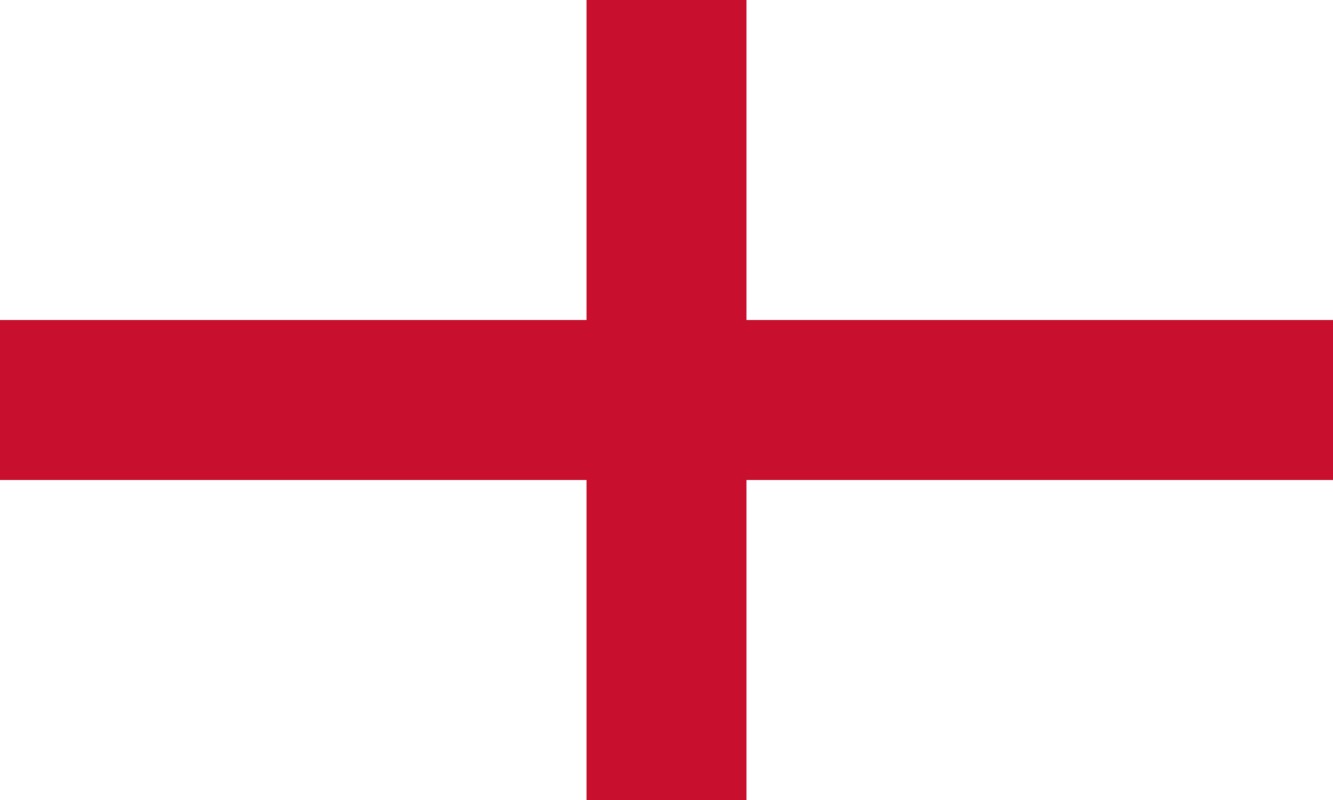 en
en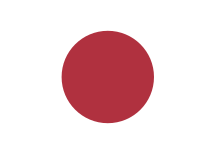 ja
ja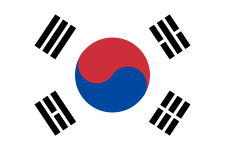 ko
ko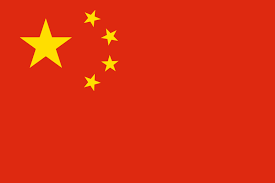 zh
zh


















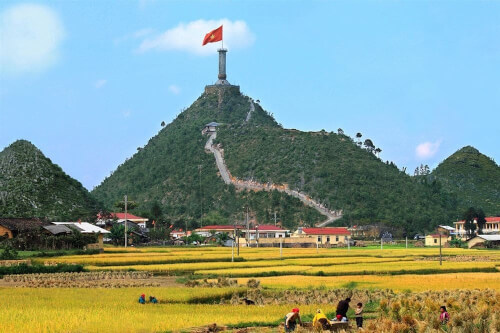
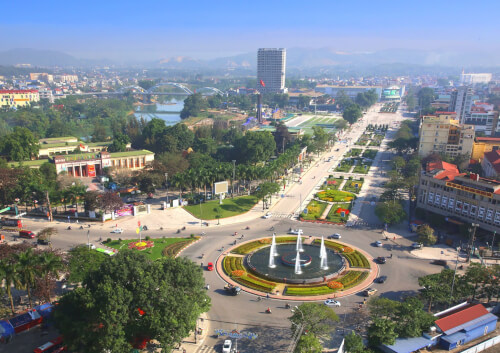
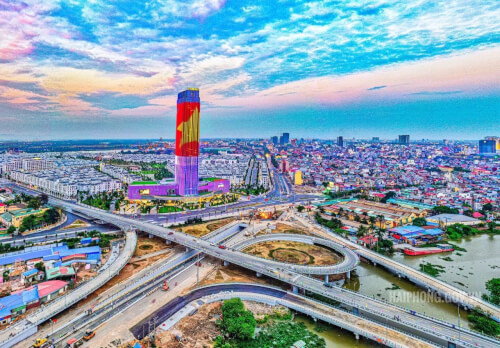
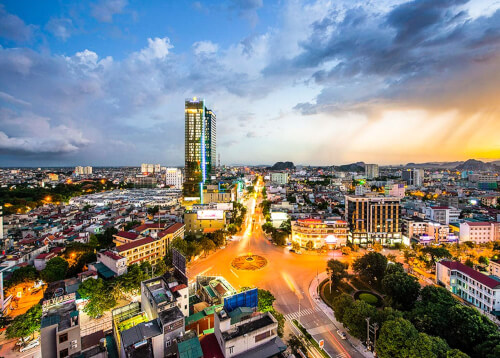
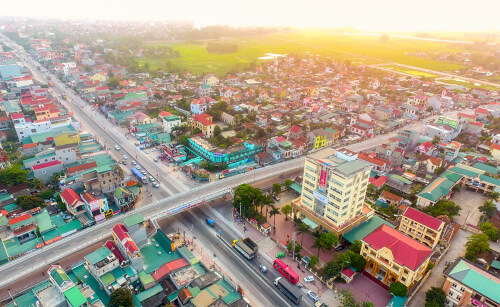

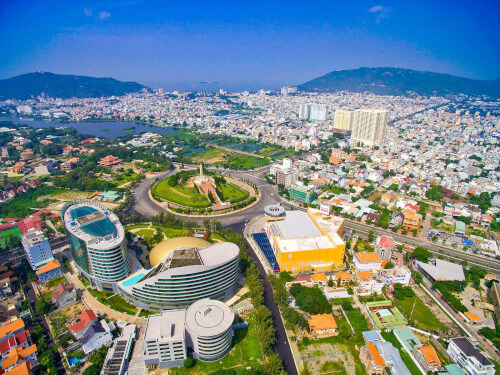
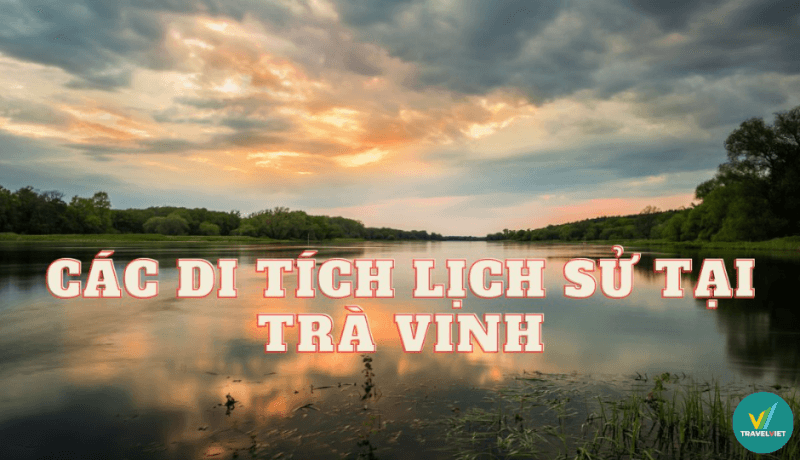
 Di tích Chùa BODHICULÀMANI (Chùa Ấp Sóc)
Di tích Chùa BODHICULÀMANI (Chùa Ấp Sóc)











